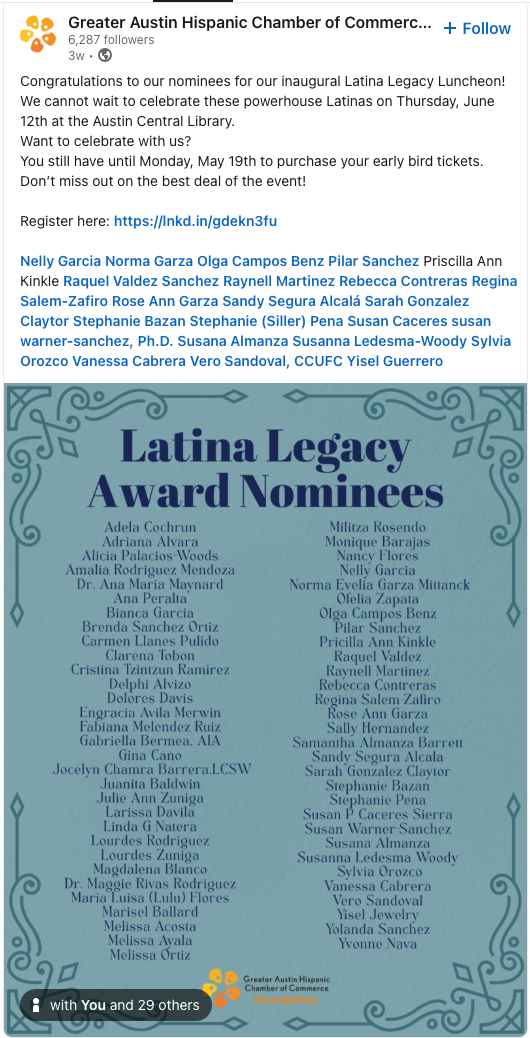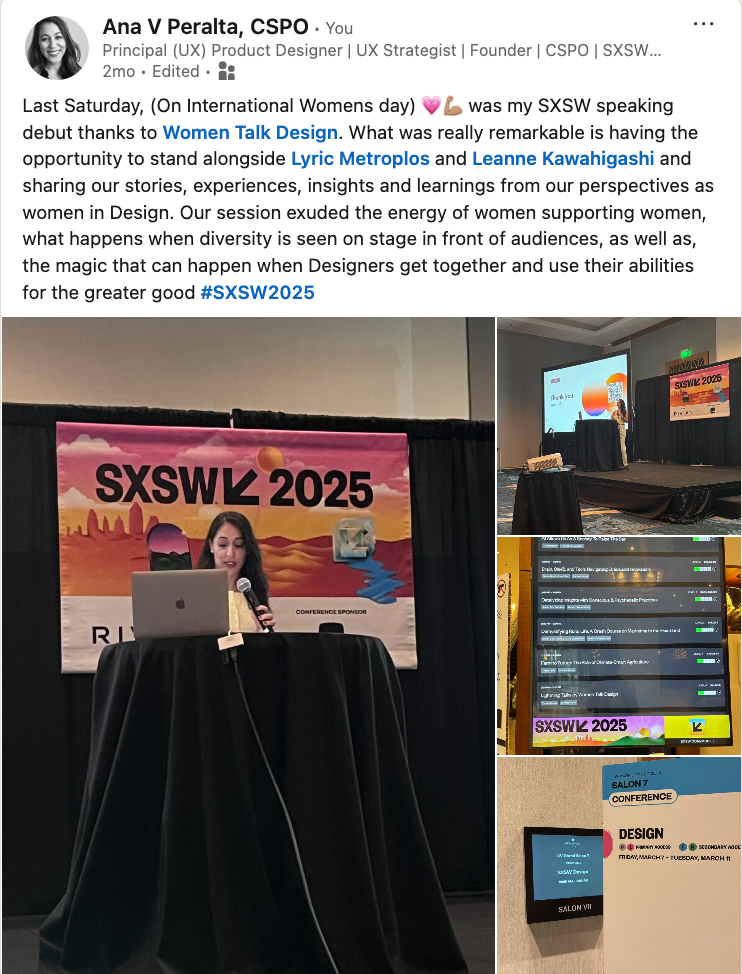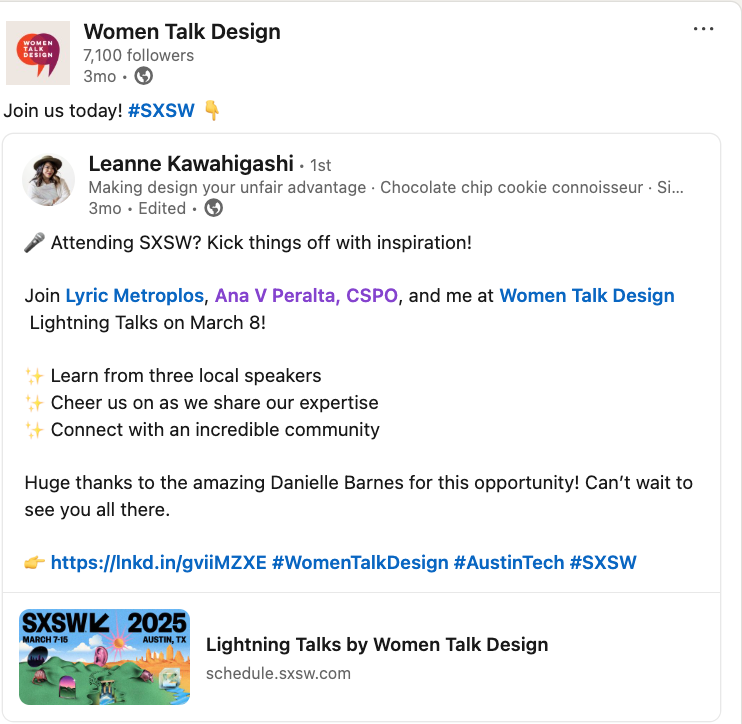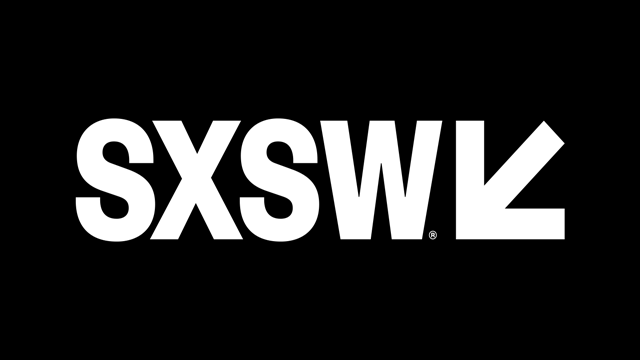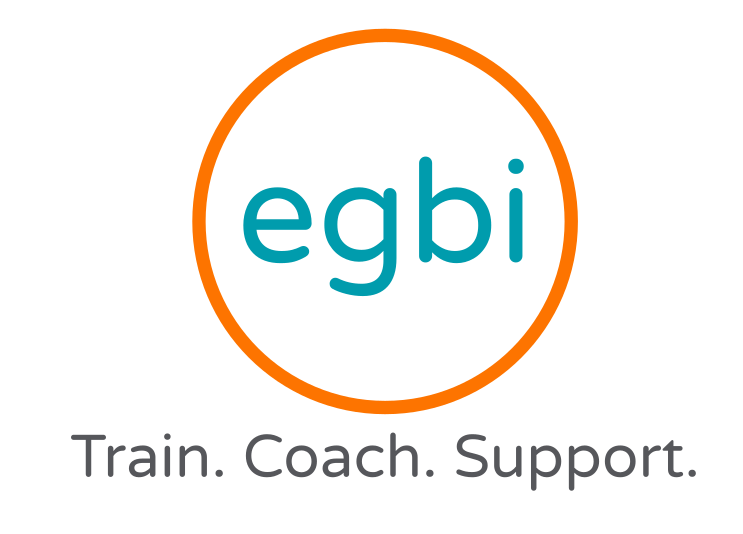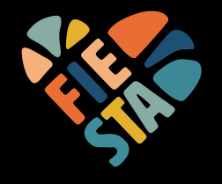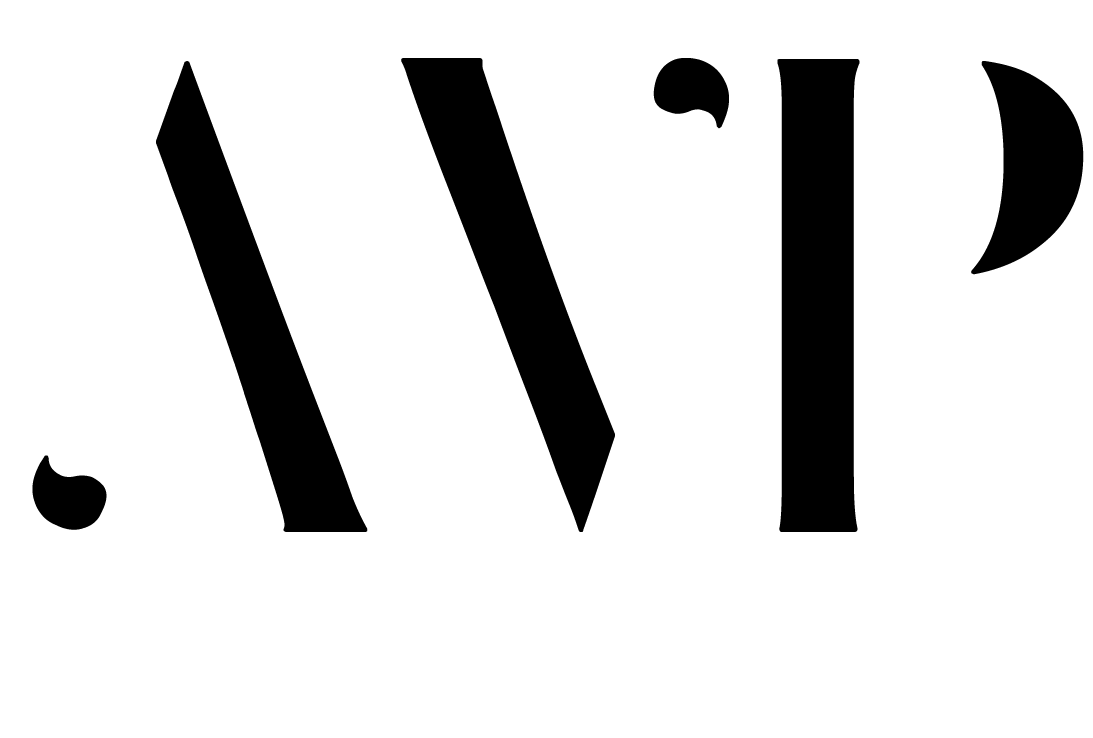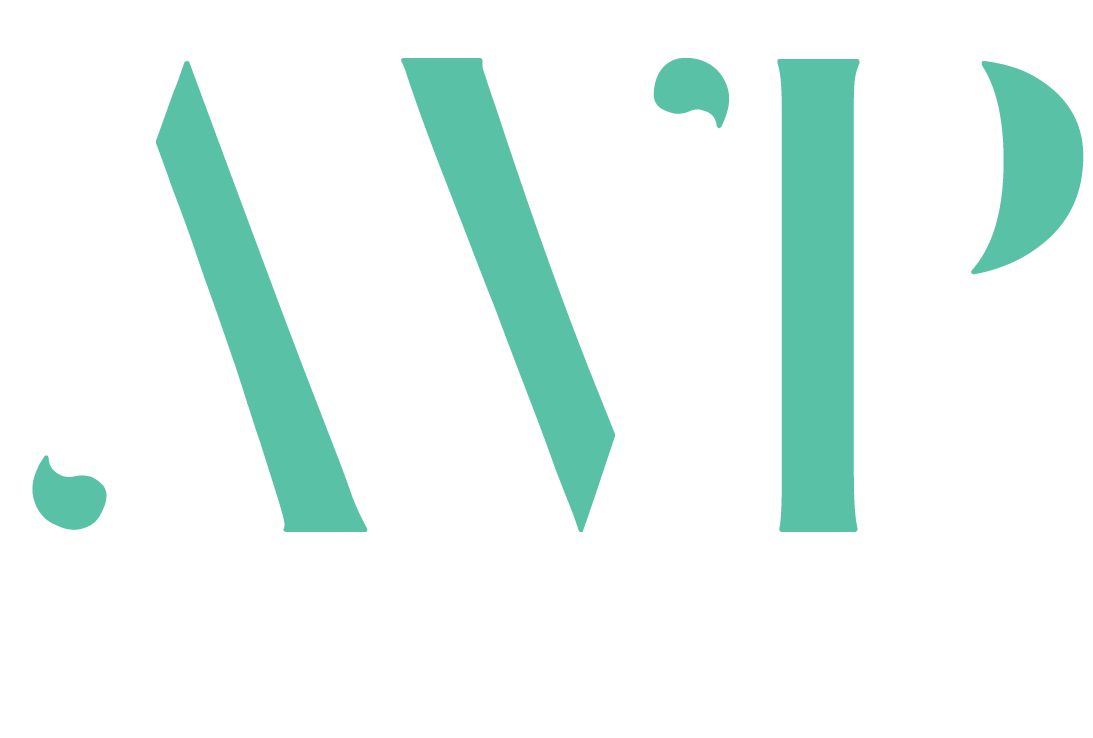2024
Featured in sxsw 2025, Austin Woman Magazine and Voyage Austin

Pop-up vendors are the creative soul of Austin—but without storefronts, staying visible can feel impossible. That’s where FLIT comes in. FLIT is a dynamic, web-based map that helps local vendors promote their events affordably while making it easy for Austinites to discover and support them. We empower makers, chefs, and artists to own their narrative and be found—every day, all across town—no digging through social feeds required.
Find local gems and support your community with ease
Find local gems and support your community with ease
FLIT, a new web platform I launched, designed and built to promote pop up and pop-up markets. In 2020, I learned there is no one central map of all of the vendors popping up around the city and found it hard to keep track of some of my favorites as their locations are always changing. And the pandemic caused a socio economic impact to this moving economy and made it harder for consumers to find and support those with irregular operations and business hours.
The mission is rooted in supporting and promoting locally owned brands and talent and how it builds a setting for creative communities across the city. FLIT's vision is to create a platform with a real time map of pop-up booths, food trucks, and on-the-go organizations and their events that encourages supporting and shopping in our communities, to preserve local economies, values and local authenticity.
Overview of my roles
- Founder, UX Designer, Product Designer, Product Manager, Project Manager, Hiring Manager, Researcher, Social Media Manager
- Am the primary point of contact for users seeking platform tech assistance
- Responsible for learning how users experience technology through research and building persona mental
models to prioritize features, functionalities and interactions to build the MVP scope
models to prioritize features, functionalities and interactions to build the MVP scope
- Managing technical issues, triage/research bugs, escalate issues to Developer hire, and create robust
documentation to properly show a pattern of behavior/user friction, relay issues, instruct how to recreate bugs
and define expected behaviors
documentation to properly show a pattern of behavior/user friction, relay issues, instruct how to recreate bugs
and define expected behaviors
- Recognize and connect patterns in the ecosystem to shape the solution and user experience technology and
implementing experience improvements, make feature requests, bring to attention opportunities to create user
empowering solutions, as well as productivity enhancements to solve community issues
implementing experience improvements, make feature requests, bring to attention opportunities to create user
empowering solutions, as well as productivity enhancements to solve community issues
- Curate the stories of the patterns via a Trello board and maintain the health of FLIT’s UX
How it started
Leveraging my own career skillset, experience and knowledge, I conducted my own field research, to analyze the industry, it's players, understand its friction points in order to map out a MVP solution.
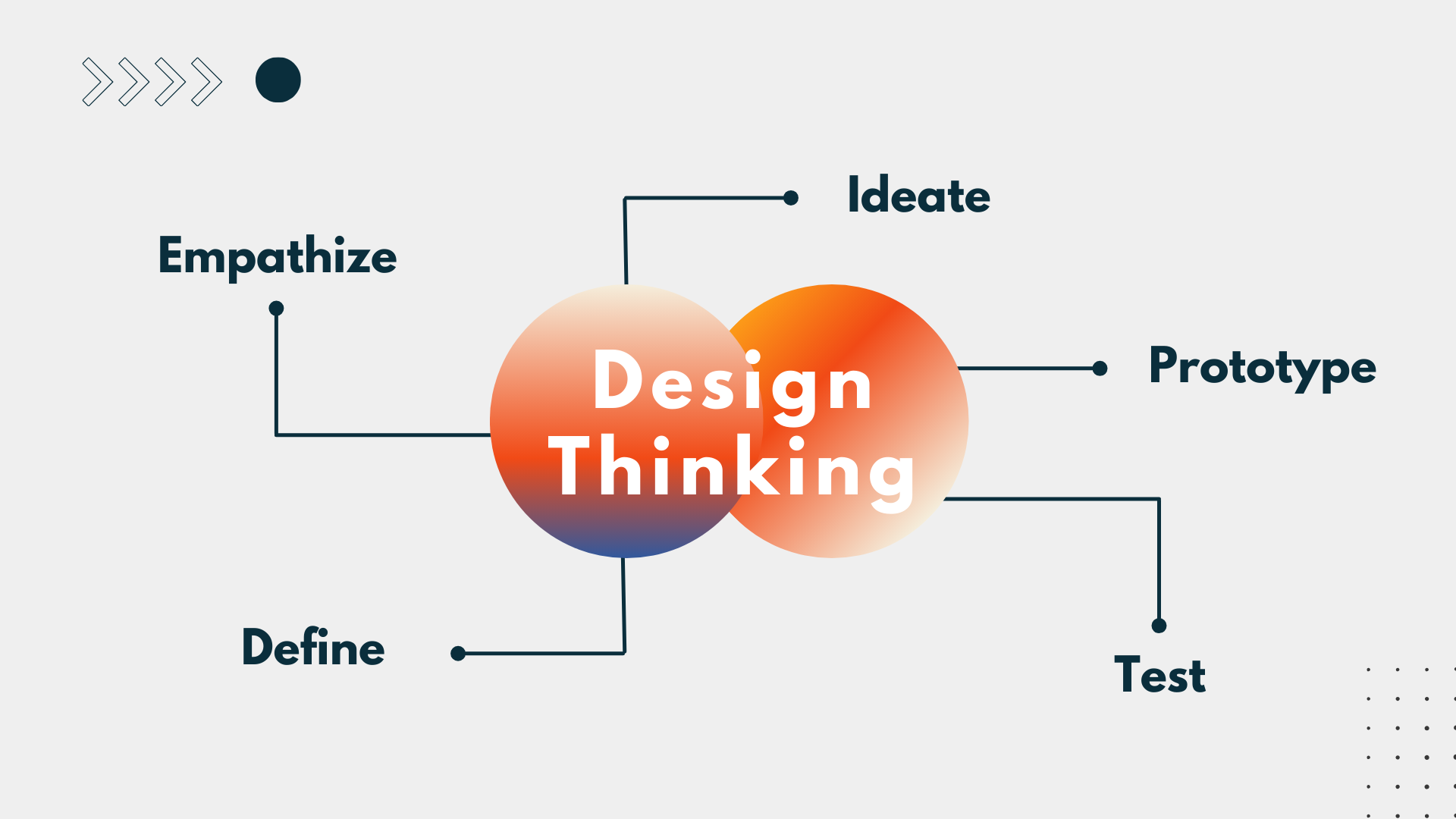
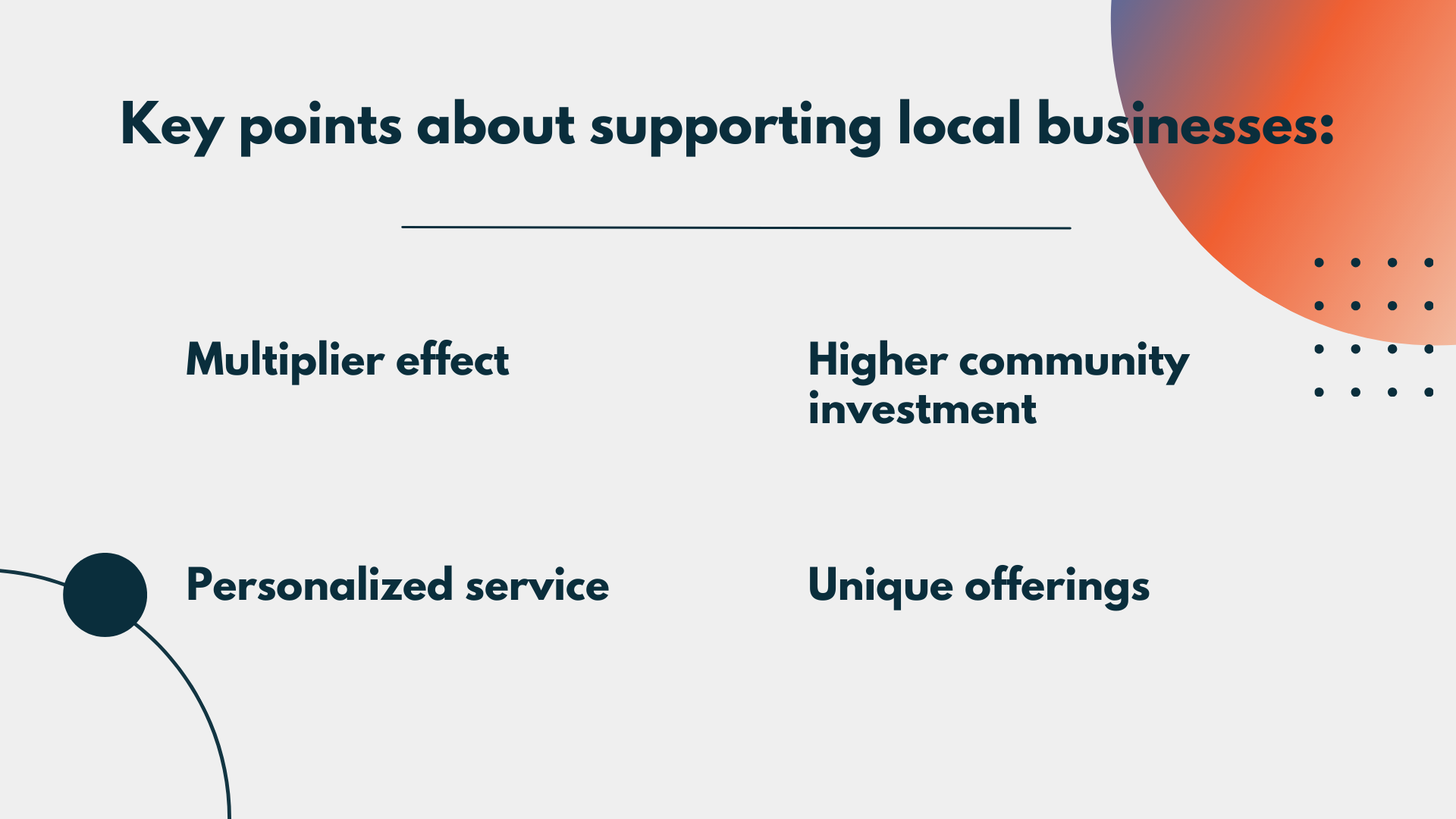

Opportunity
Problem & Solution
FLIT LLC addresses the unique challenges faced by businesses that rely on pop-up events, farmers markets, and smaller artisan and hyper-local events within Austin, TX. Mobile businesses and vendors participating in these events often lack the necessary resources and capital to effectively promote their attendance and sales locations. They face significant hurdles when confronted with last-minute venue or schedule changes, struggling to disseminate this crucial information to their potential customers in a timely manner.
The problem is multifaceted:
• Limited promotional resources for small, mobile businesses
• Insufficient capital for marketing efforts
• Difficulty in communicating real-time updates to customers
• Lack of a centralized platform specific to pop up business event information
• Insufficient capital for marketing efforts
• Difficulty in communicating real-time updates to customers
• Lack of a centralized platform specific to pop up business event information
Our Solution
By addressing these issues, FLIT LLC aims to bridge the gap between local pop up vendors and their target audience, fostering a more vibrant and interconnected local business ecosystem in Austin. FLIT LLC is transforming local commerce in Austin by bridging the gap between community members and the city's diverse array of pop-up vendors, artisans, and mobile entrepreneurs. Our innovative digital platform offers a sophisticated, map based solution that efficiently connects Austinites with the vibrant local business ecosystem.
At the core of FLIT's mission is a dynamic, visual interface that showcases local vendors and their real-time locations. By circumventing complex social media algorithms, we empower micro-mobile entrepreneurs to effectively promote their businesses, thereby leveling the competitive landscape and enhancing their visibility within the community.
Our solution addresses several key market challenges:
• Streamlining the discovery process for consumers seeking unique, local experiences
• Providing vendors with a dedicated platform to showcase their offerings and locations
• Cultivating stronger connections between community members and local businesses
• Promoting economic empowerment and cultural preservation within Austin Through FLIT, users can effortlessly
discover, follow, and support local businesses with unprecedented convenience.
• Streamlining the discovery process for consumers seeking unique, local experiences
• Providing vendors with a dedicated platform to showcase their offerings and locations
• Cultivating stronger connections between community members and local businesses
• Promoting economic empowerment and cultural preservation within Austin Through FLIT, users can effortlessly
discover, follow, and support local businesses with unprecedented convenience.
Our platform not only fosters community engagement and information accessibility but also drives economic growth by facilitating transactional connections between vendors and potential customers. By simplifying the process for Austinites to shop locally and support their community, FLIT is instrumental in preserving the unique character and vibrancy of Austin's local business landscape.
Competitive Research

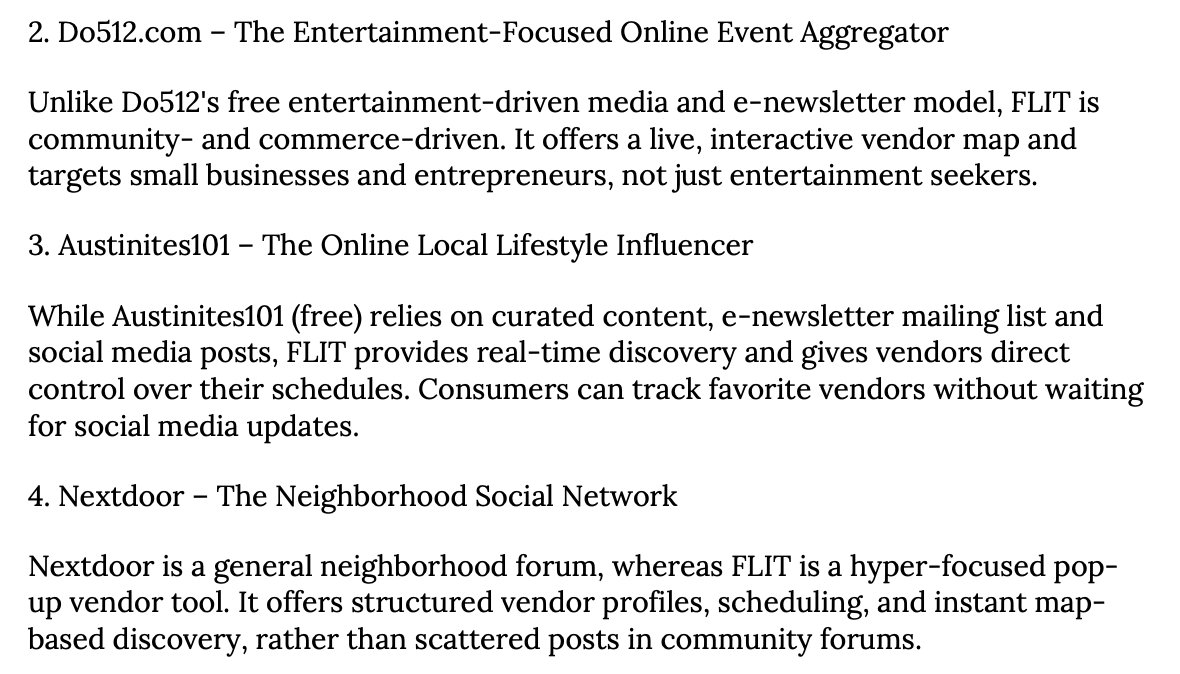
Our Advantages
FLIT LLC operates in a unique niche within the local vendor and micro-business ecosystem. While several platforms partially serve similar audiences, none are specifically designed for transient vendors and micro-businesses. The following competitive analysis examines FLIT's main competitors and highlights our key differentiators:
1. Eventbrite – The Event Ticketing Giant
• Eventbrite is a leading event discovery platform used by organizers to sell tickets and promote events.
• Some pop-up markets and vendor fairs utilize Eventbrite for listing, although it's primarily built for ticketed experiences rather than realtime vendor discovery.
FLIT's Differentiation: FLIT is a vendor-first platform, not an event ticketing site.
• Focuses exclusively on small, transient vendors and micro-businesses rather than large, ticketed events.
• Provides real-time updates of vendor locations, in contrast to Eventbrite's scheduled event listings.
• Caters to non-ticketed, free-to-attend events, which often don't align with Eventbrite's business model.
• Eventbrite is a leading event discovery platform used by organizers to sell tickets and promote events.
• Some pop-up markets and vendor fairs utilize Eventbrite for listing, although it's primarily built for ticketed experiences rather than realtime vendor discovery.
FLIT's Differentiation: FLIT is a vendor-first platform, not an event ticketing site.
• Focuses exclusively on small, transient vendors and micro-businesses rather than large, ticketed events.
• Provides real-time updates of vendor locations, in contrast to Eventbrite's scheduled event listings.
• Caters to non-ticketed, free-to-attend events, which often don't align with Eventbrite's business model.
2. Do512.com – The Entertainment-Focused Event Aggregator
• Do512 is a popular event listing platform that is entertainment-driven, helping Austin residents discover concerts, festivals, and general entertainment events
• Some local markets and pop-up events may be listed, but they're interspersed with nightlife, concerts, and bar promotions.
• Do512 is a popular event listing platform that is entertainment-driven, helping Austin residents discover concerts, festivals, and general entertainment events
• Some local markets and pop-up events may be listed, but they're interspersed with nightlife, concerts, and bar promotions.
FLIT's Differentiation:
• Dedicated exclusively to local vendors—FLIT is not an entertainment focused platform.
• Provides a live, interactive vendor map, whereas Do512 lists events in a static, calendar-style format.
• Targets small businesses and entrepreneurs, not just entertainment seekers.
• Dedicated exclusively to local vendors—FLIT is not an entertainment focused platform.
• Provides a live, interactive vendor map, whereas Do512 lists events in a static, calendar-style format.
• Targets small businesses and entrepreneurs, not just entertainment seekers.
3. Austinites101 – The (Curatio Based ) Local Lifestyle Influencer
• Austinites101 curates local recommendations for dining, shopping, and experiences in Austin.
• They promote pop-up events through social media posts and curated lists, rather than a dedicated vendor platform.
• Austinites101 curates local recommendations for dining, shopping, and experiences in Austin.
• They promote pop-up events through social media posts and curated lists, rather than a dedicated vendor platform.
FLIT's Differentiation: FLIT is real-time and vendor-managed
• Offers real-time discovery versus curated content—FLIT is an interactive platform, while Austinites101 relies on one-time social posts.
• Gives vendors direct control over their schedules, rather than relying on editorial features.
• Enables consumers to track their favorite vendors without waiting for social media updates.
• Offers real-time discovery versus curated content—FLIT is an interactive platform, while Austinites101 relies on one-time social posts.
• Gives vendors direct control over their schedules, rather than relying on editorial features.
• Enables consumers to track their favorite vendors without waiting for social media updates.
4. Nextdoor – The Neighborhood Social Network
• Nextdoor is a general neighborhood forum allowing local businesses and event organizers to post updates about their services, promotions, and events.
• Vendors can promote pop-ups, but the platform is not designed for real-time discovery or vendor tracking.
• Nextdoor is a general neighborhood forum allowing local businesses and event organizers to post updates about their services, promotions, and events.
• Vendors can promote pop-ups, but the platform is not designed for real-time discovery or vendor tracking.
FLIT's Differentiation: FLIT is a hyper-focused pop-up vendor tool
• Built exclusively for pop-ups and micro-businesses, whereas Nextdoor is a broad neighborhood platform.
• Offers structured vendor profiles and scheduling, rather than scattered posts in community forums.
• Enables instant, map-based discovery, instead of requiring users to manually browse discussions.
• Built exclusively for pop-ups and micro-businesses, whereas Nextdoor is a broad neighborhood platform.
• Offers structured vendor profiles and scheduling, rather than scattered posts in community forums.
• Enables instant, map-based discovery, instead of requiring users to manually browse discussions.
Conclusion:
While our competitors focus on events, entertainment, or community discussions, FLIT is purpose-built for Austin's pop-up economy. We bridge the gap between vendors and consumers in a way that no other platform currently does, creating a unique and valuable solution for our target market.
Persona Research
There were 3 players to considers in the disconnected and decentralized ecosystem:
• Vendors
• Small Businesses Supporters
• Market Coordinators
• Vendors
• Small Businesses Supporters
• Market Coordinators
Pop-up vendors span numerous categories, including:
• Bakeries and food artisans
• Home goods and decor
• Artisanal crafts and handmade products
• Seasonal goods and holiday-specific items
• Jewelry and accessories
• Vintage clothing and fashion
• Wellness and health products
• Artwork and fine art
• Woodwork and custom furniture
• Specialty food and beverage vendors
• Bakeries and food artisans
• Home goods and decor
• Artisanal crafts and handmade products
• Seasonal goods and holiday-specific items
• Jewelry and accessories
• Vintage clothing and fashion
• Wellness and health products
• Artwork and fine art
• Woodwork and custom furniture
• Specialty food and beverage vendors
Tools Used: First hand research, Field Research and ChatGPT
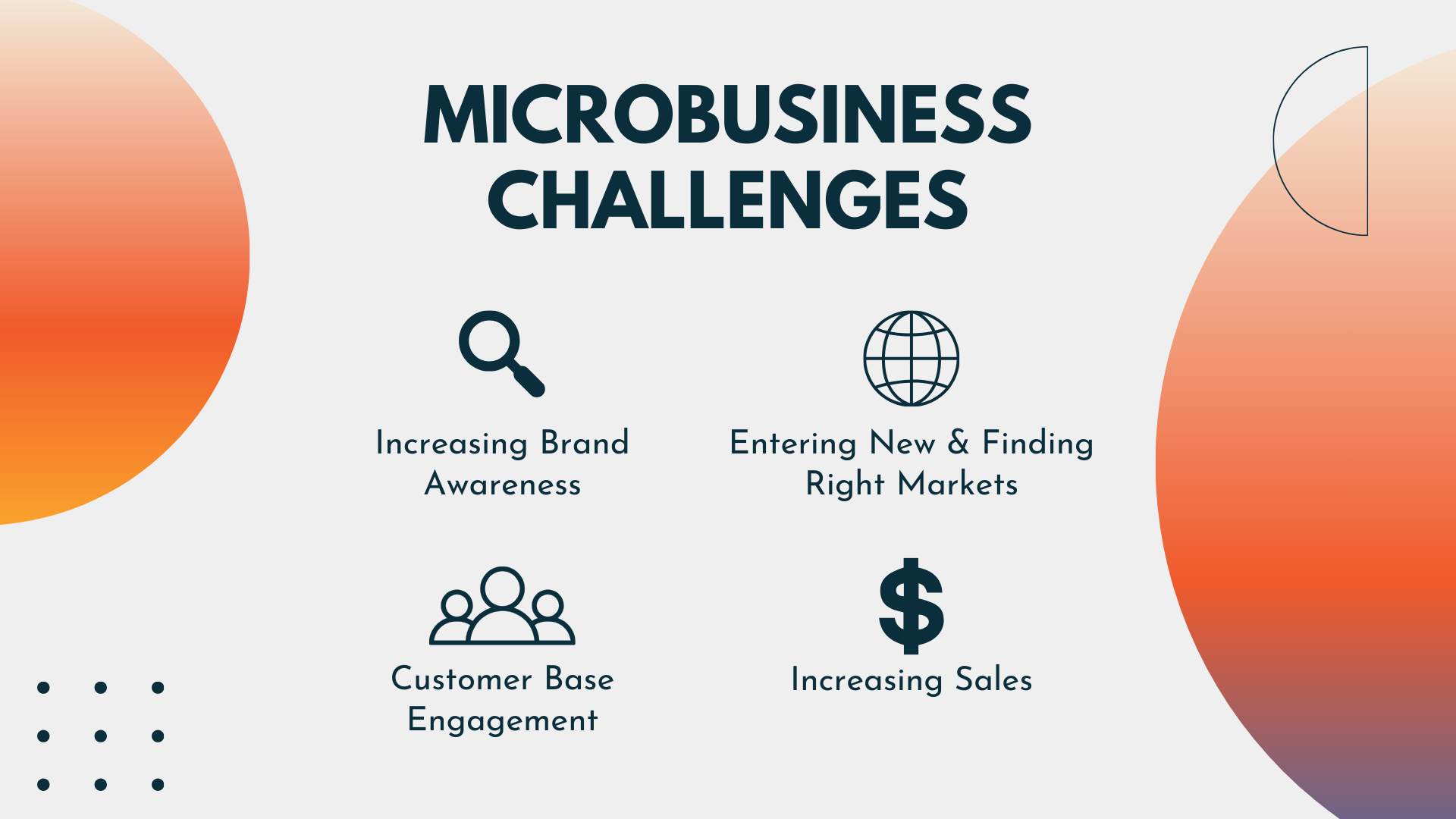
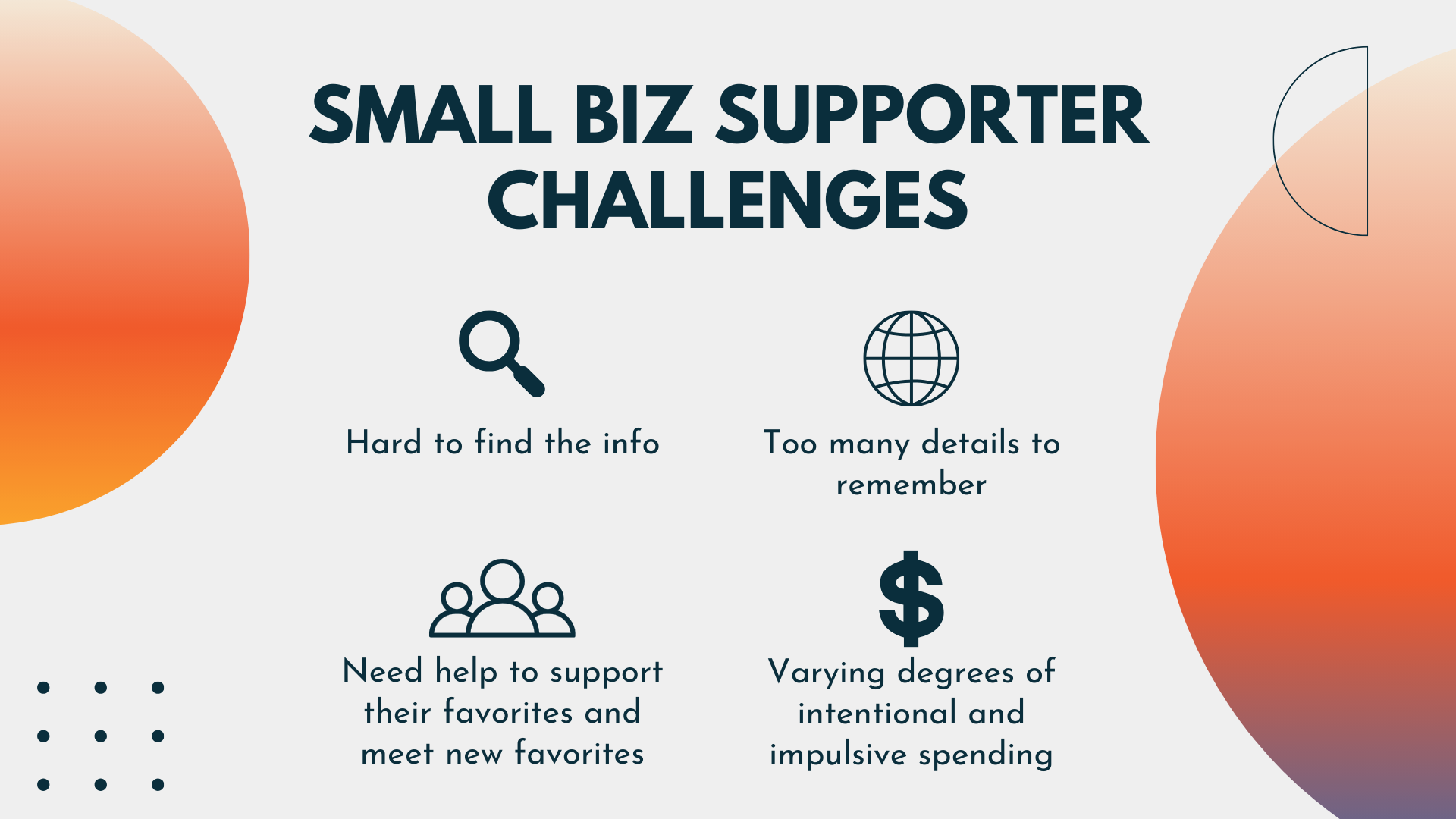

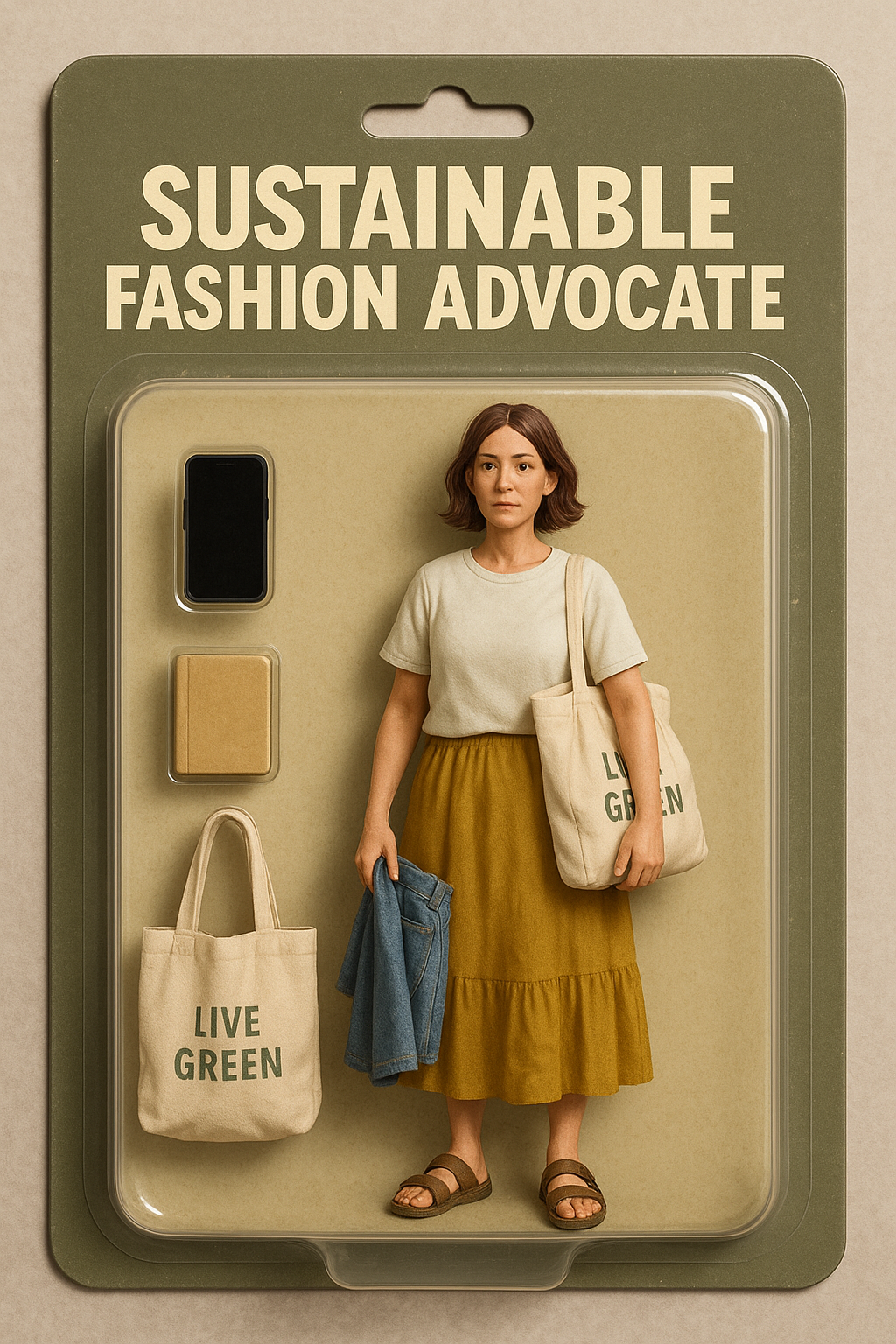
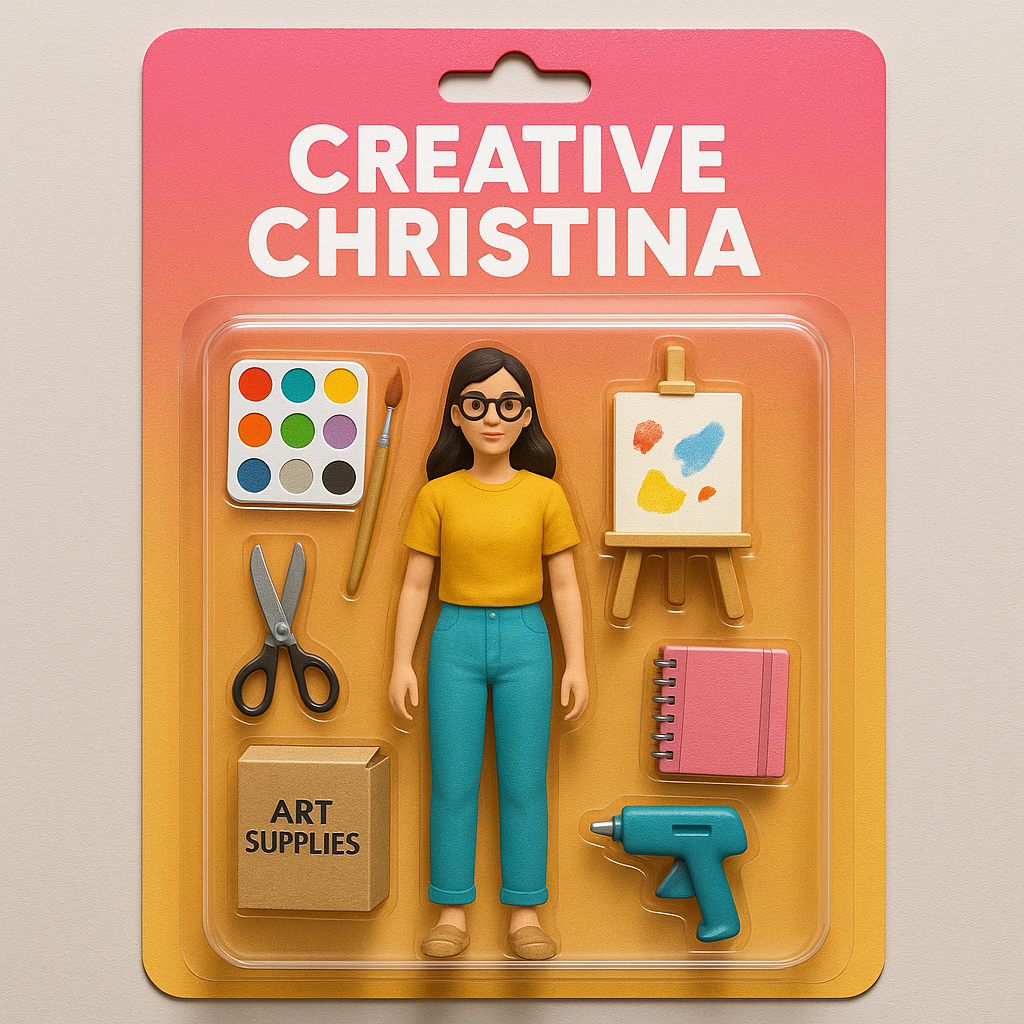
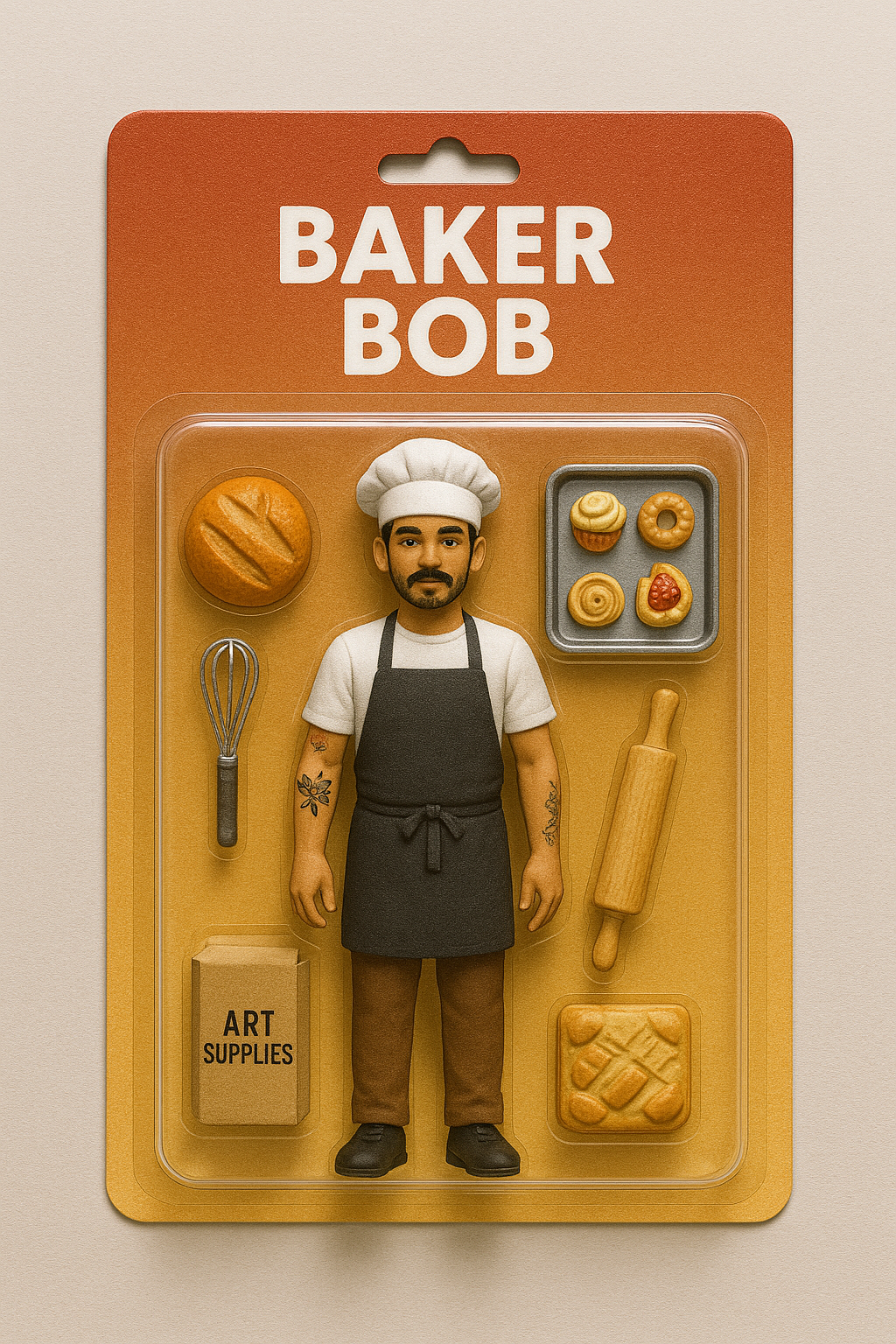
Building the brand
Creative Brief:
FLIT was originally called Booth as an attempt to reflect the physical nature of the set up. One review of the National Registrar for small businesses and researching active trademarks and copyrights and I had to rule it out. There was a major vendor named Booth Masonry (name after an individual's family name). The following themes were in consideration to reflect the spirit, character and personality of Austin.
I hired a graphic designer, April Dai, to define the branding and establish visual direction via moodboards, logo design, branding colors and typography exploration. Androgynous: Not too feminine or masculine. Needed to convey the moving economy. A service for small businesses that are in transit and mobile. Similar to thrift vendors. Creates a sense of community and bringing passionate people together.
Tools Used: Miro, Pinterest, Canva
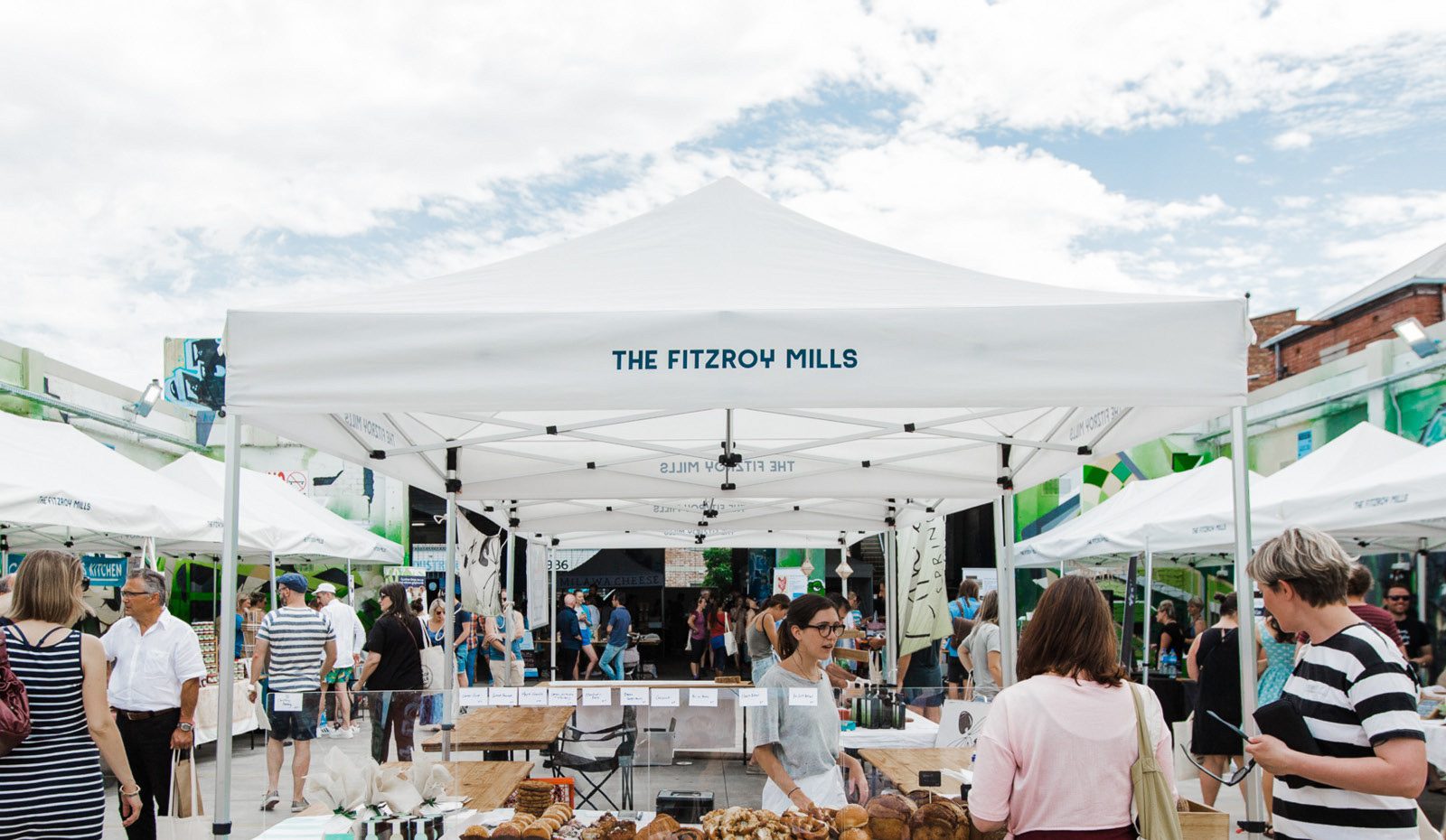
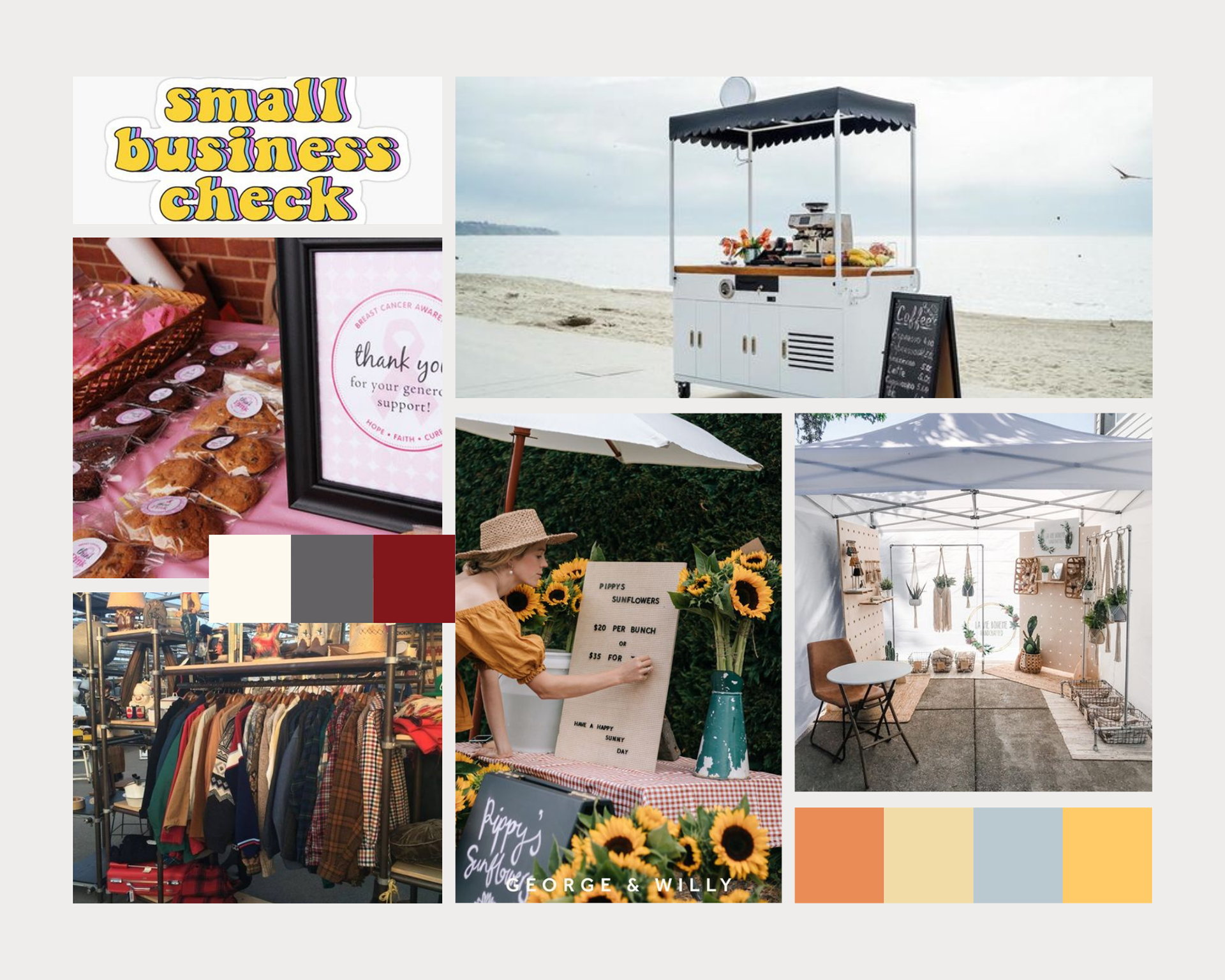
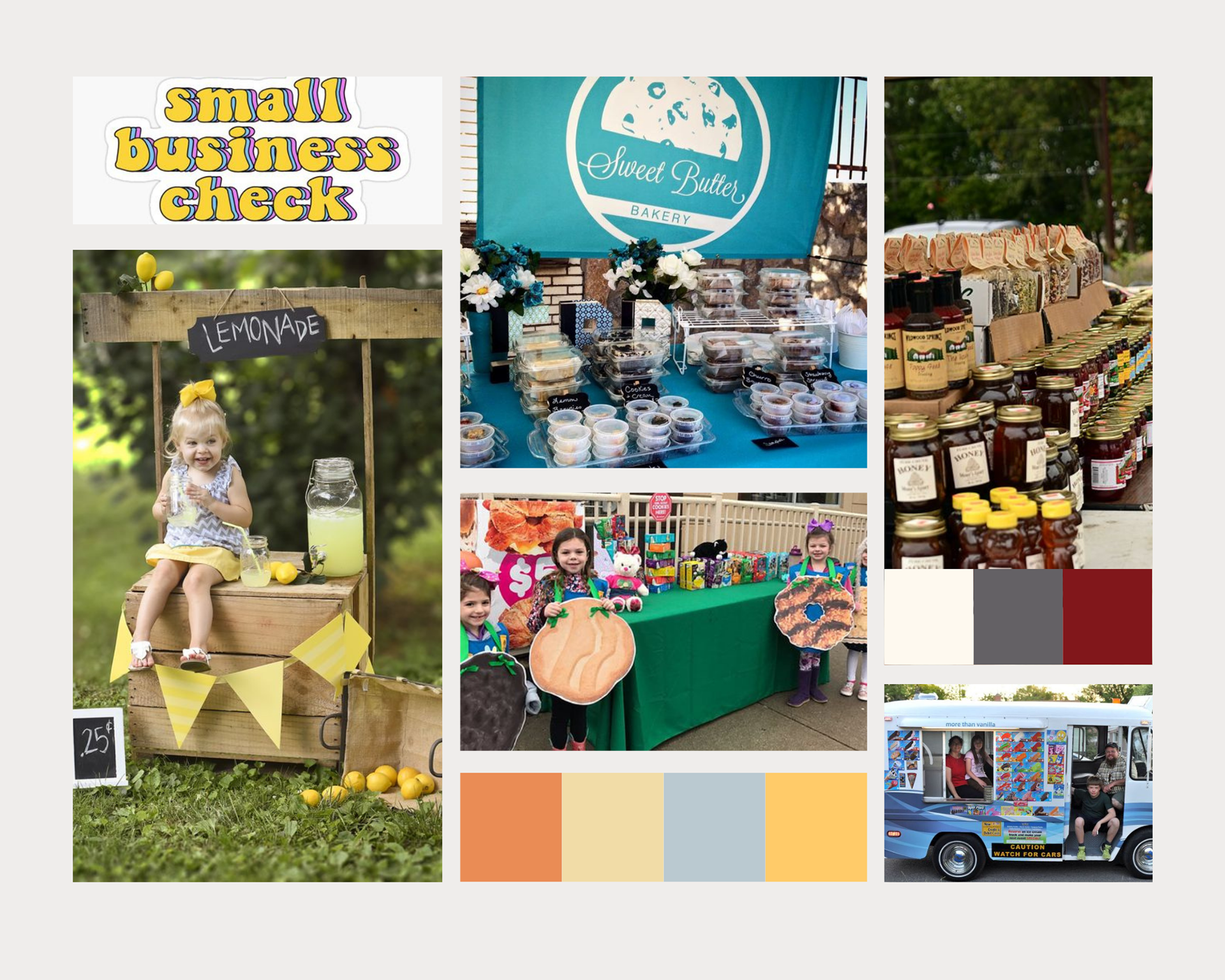



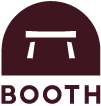
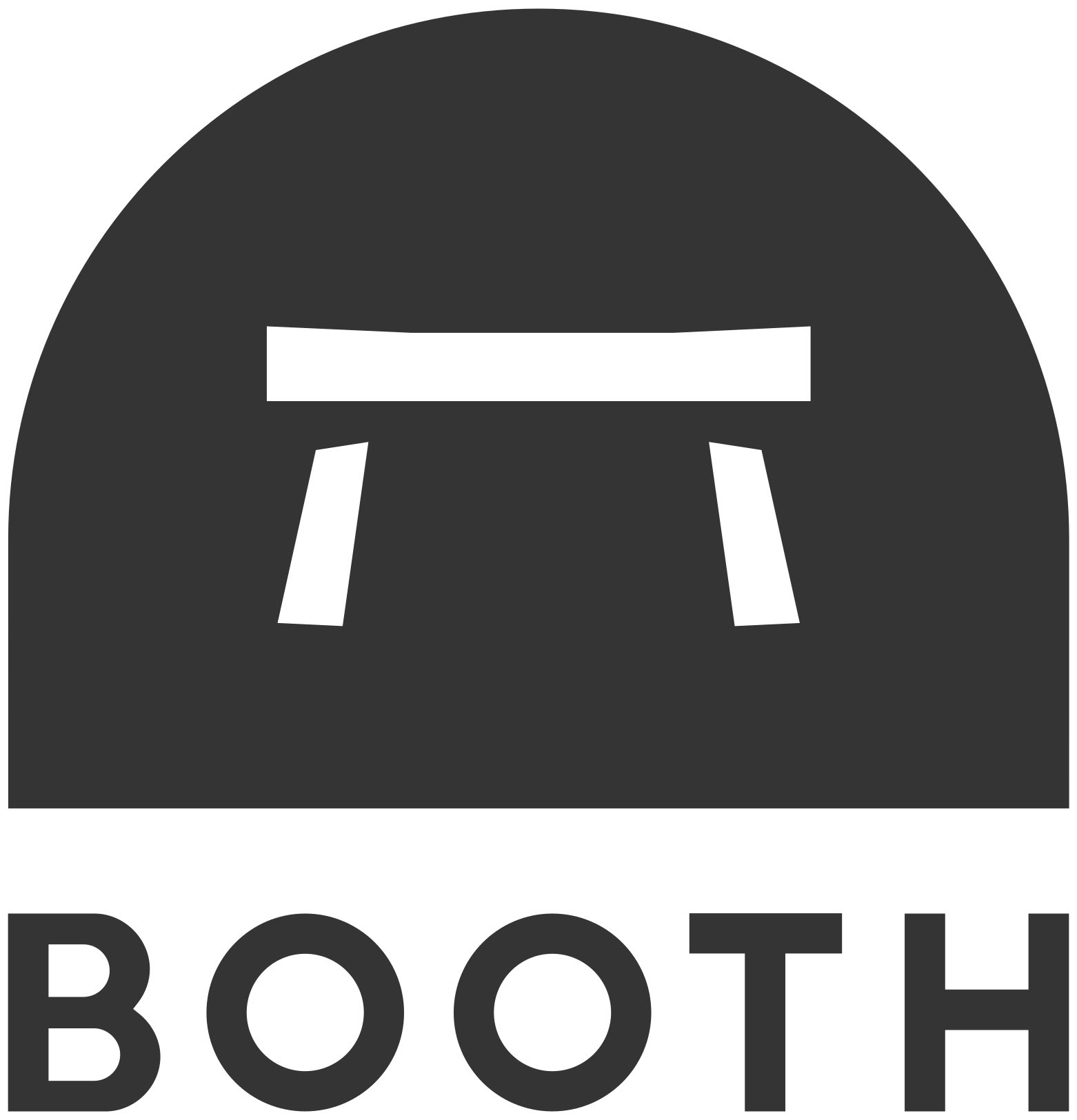

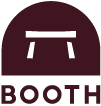

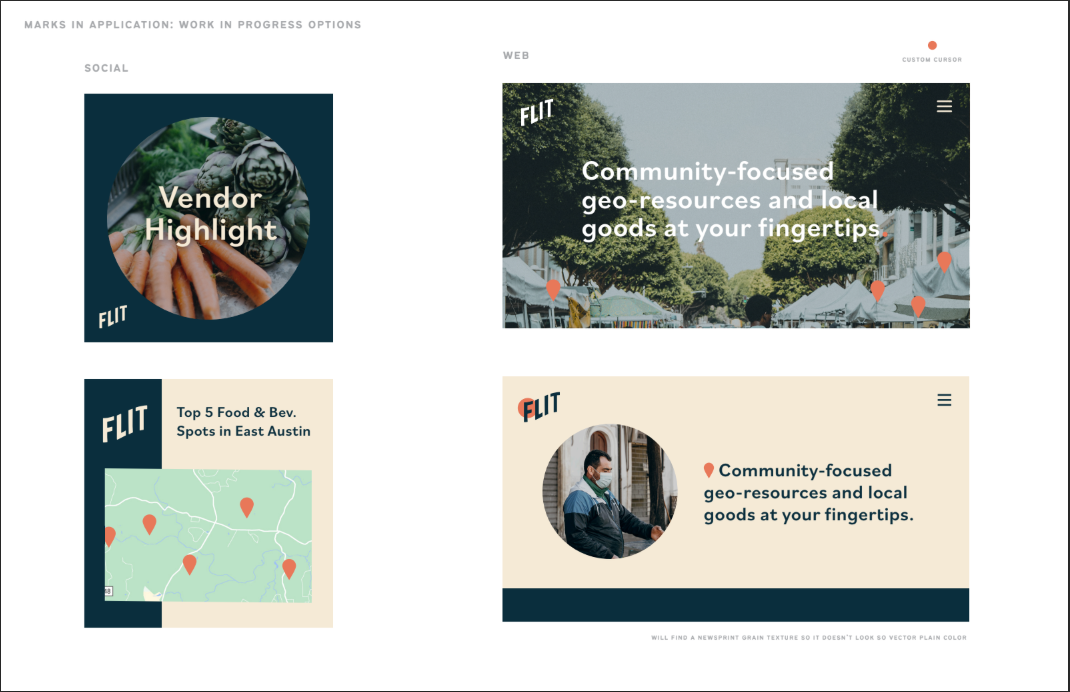
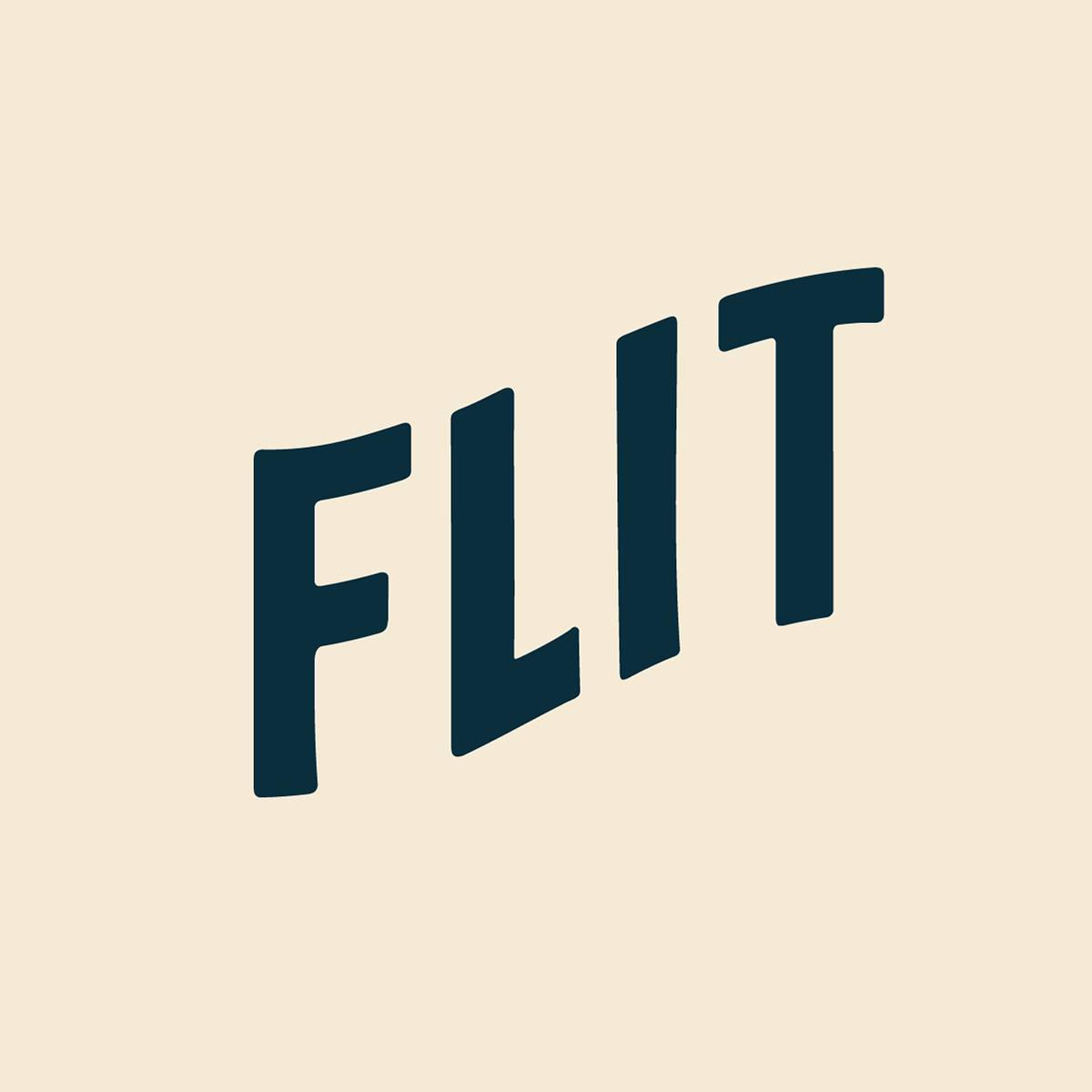


This change in company name and branding was encouraged by learning towards verbiage that conveys movement and urgency. This 'motion' is also visually conveyed via the slanted baseline. A catchy shorter word that could be easily pronounced and remembered.
Building a business plan
The last few years, I've taken courses in Entrepreneurship, participated in BIPOC Accelerator programs, AI and branding to create a sustainable, scalable, profitable business model for this product that can ultimately make local, positive, community impact. This is a bootstrapped venture and the iterations needed to be intentional and purposeful, taken in small strides to build it exactly as our audience needs it.
Price points were reconsidered more than once to be an affordable and inclusive rate to allow for more vendors to participate until we landed on a model (pay per event and subscription model) options to appeal to the various categories and tiers in which these pop up vendors operated. The differentiating factor was how frequently they operated, the more pop up events they did, the more marketing buzz they needed.
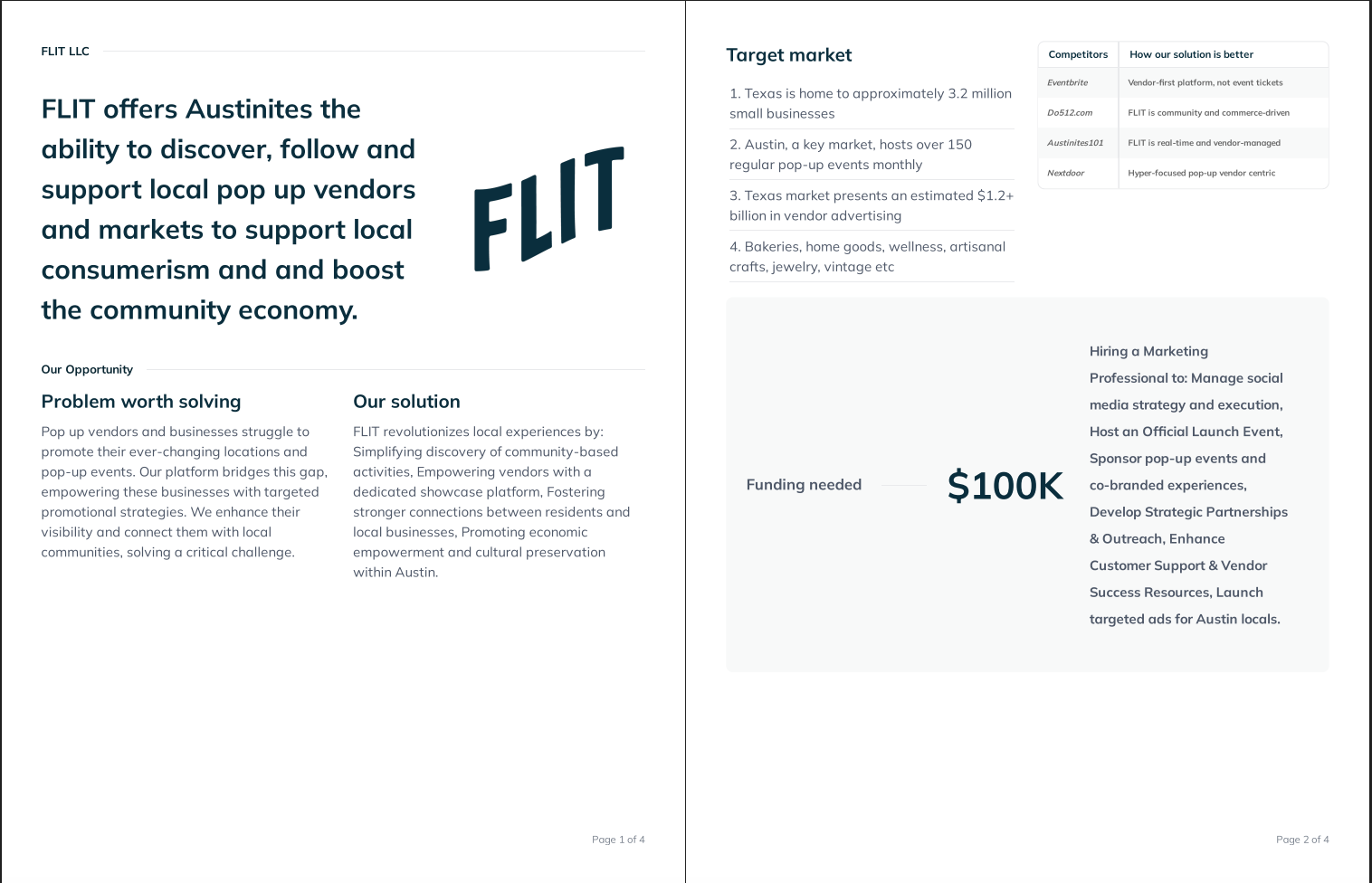

Wireframing
My vision for the MVP was to prioritize features and functionalities of priority that would begin bridging the communication gap between Vendors and Small Business owners as well as provide empowering features and functionalities to entice pop up vendors and pop up market coordinators to value the importance of using technology for good and seeing the positive outcome marketing and promotion.
Tools Used: Figma



Defining Key Metrics
Key Metrics
Community psychologists assess a sense of community through four key dimensions:
1. Membership
2. Influence
3. Integration and fulfillment of needs
4. Shared emotional connection
Membership establishes clear boundaries, defining who belongs to the community. This fosters a sense of belonging and personal investment among members. Influence refers to the perceived ability of individuals to shape community norms and practices. This bidirectional concept involves members influencing the community and vice versa, creating a dynamic and responsive environment. Integration and fulfillment of needs encompass the interconnectedness within the community. Members feel part of a network that shares values, exchanges resources, and meets individual and collective needs effectively.
1. Membership
2. Influence
3. Integration and fulfillment of needs
4. Shared emotional connection
Membership establishes clear boundaries, defining who belongs to the community. This fosters a sense of belonging and personal investment among members. Influence refers to the perceived ability of individuals to shape community norms and practices. This bidirectional concept involves members influencing the community and vice versa, creating a dynamic and responsive environment. Integration and fulfillment of needs encompass the interconnectedness within the community. Members feel part of a network that shares values, exchanges resources, and meets individual and collective needs effectively.
Shared emotional connection is built through participation in community events, celebrations, and rituals. These shared experiences create bonds and a collective history among members. For FLIT LLC, we will measure our community's strength and growth using the following Key Performance Indicators (KPIs):
• Monthly Active Vendors: Tracks the number of vendors regularly engaging with our platform.
• Subscriber Growth Rate: Measures the pace at which our user base is expanding.
• Supporter Follows per Vendor: Indicates the average number of supporters each vendor attracts, reflecting community engagement.
• Email and Notification Engagement:
• Event Interaction: Assesses platform traffic and user engagement with events on map interactions
• Vendor Retention and Upgrade Rate: Tracks the percentage of vendors who remain active and transition from free to premium services.
• Monthly Active Vendors: Tracks the number of vendors regularly engaging with our platform.
• Subscriber Growth Rate: Measures the pace at which our user base is expanding.
• Supporter Follows per Vendor: Indicates the average number of supporters each vendor attracts, reflecting community engagement.
• Email and Notification Engagement:
• Event Interaction: Assesses platform traffic and user engagement with events on map interactions
• Vendor Retention and Upgrade Rate: Tracks the percentage of vendors who remain active and transition from free to premium services.
These metrics will help us quantify our community's health, guide our strategies for fostering stronger connections, and measure our success in creating a vibrant, supportive ecosystem for vendors and supporters alike.
Source: Introduction to Community Psychology by Tiffeny R. Jimenez, August Hoffman, and Julia Grant https://press.rebus.community/introductiontocommunitypsychology/chapter/t heories/
Source: Introduction to Community Psychology by Tiffeny R. Jimenez, August Hoffman, and Julia Grant https://press.rebus.community/introductiontocommunitypsychology/chapter/t heories/
Building a product
I hired/onboarded 3 Developers over the course of 1.5 yrs and acted as a hiring manager, product manager, project manager and QA resource by handling contracts, NDAs, writing all design and product requirements, managing timesheets, sprints and signing off on work and documenting bugs. As a bootstrapped initiative, the MVP needed to be within reach so Bubble.io (the no-code platform) came as the perfect solution to test this new concept.
Tools used: Trello, Word Doc, Bubble, Excel
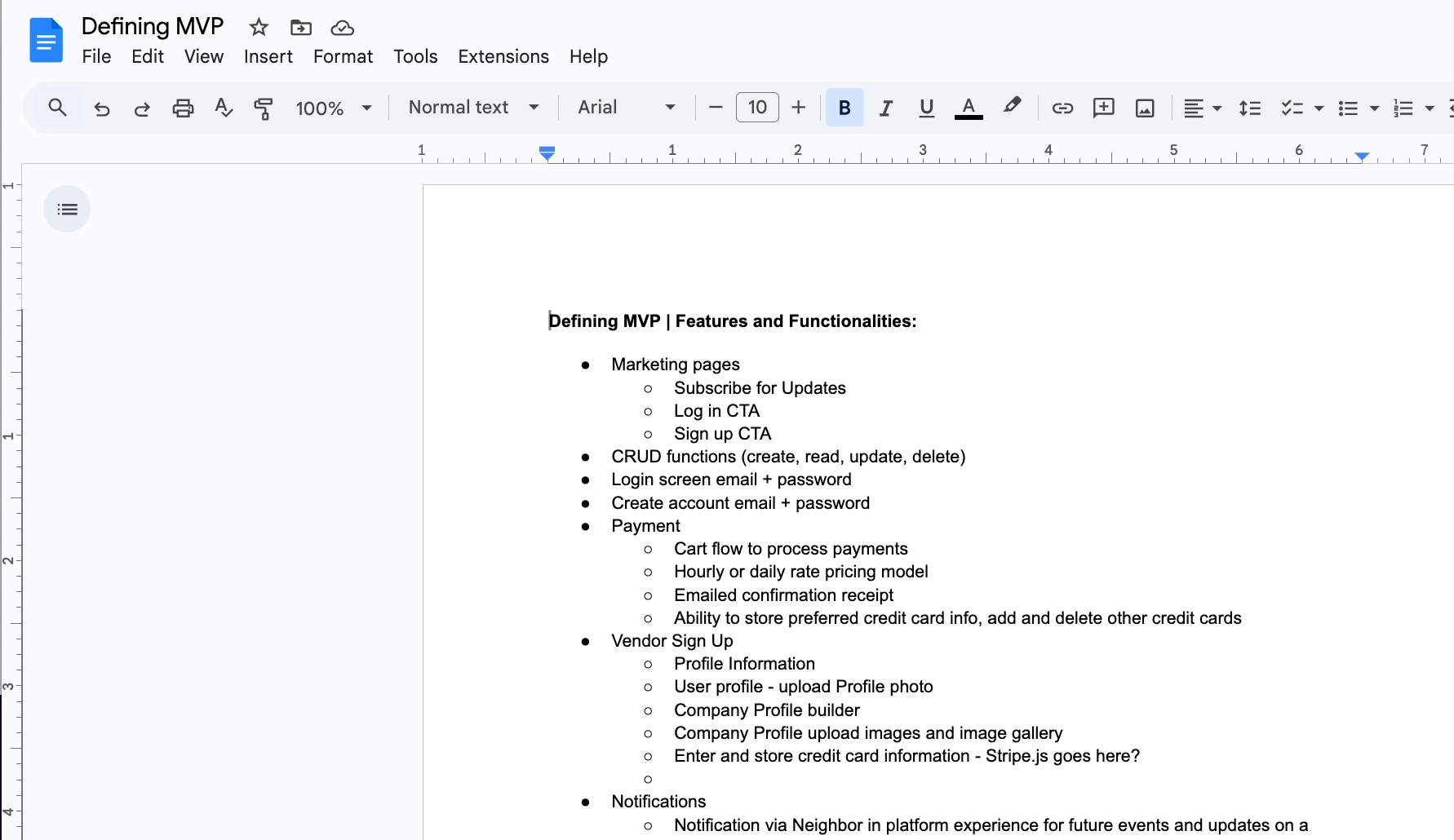
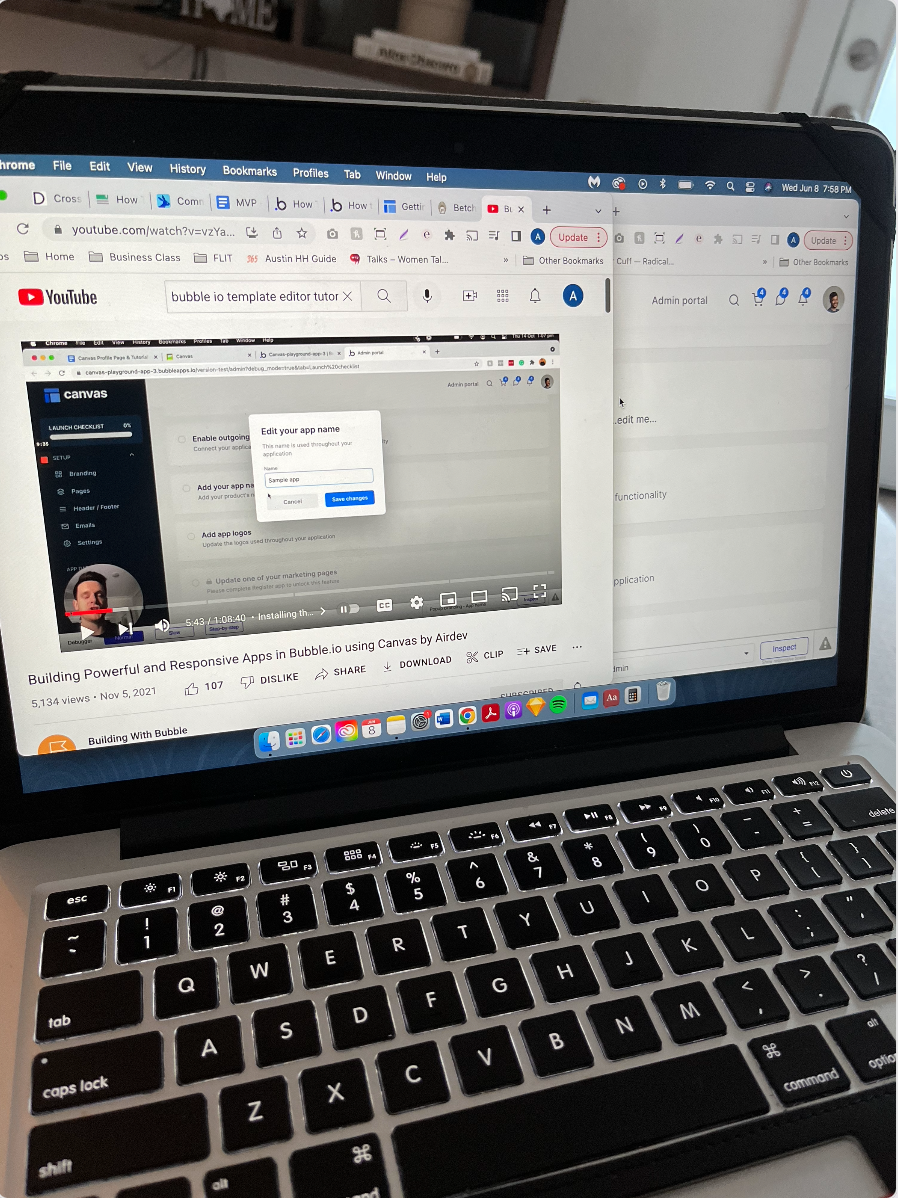



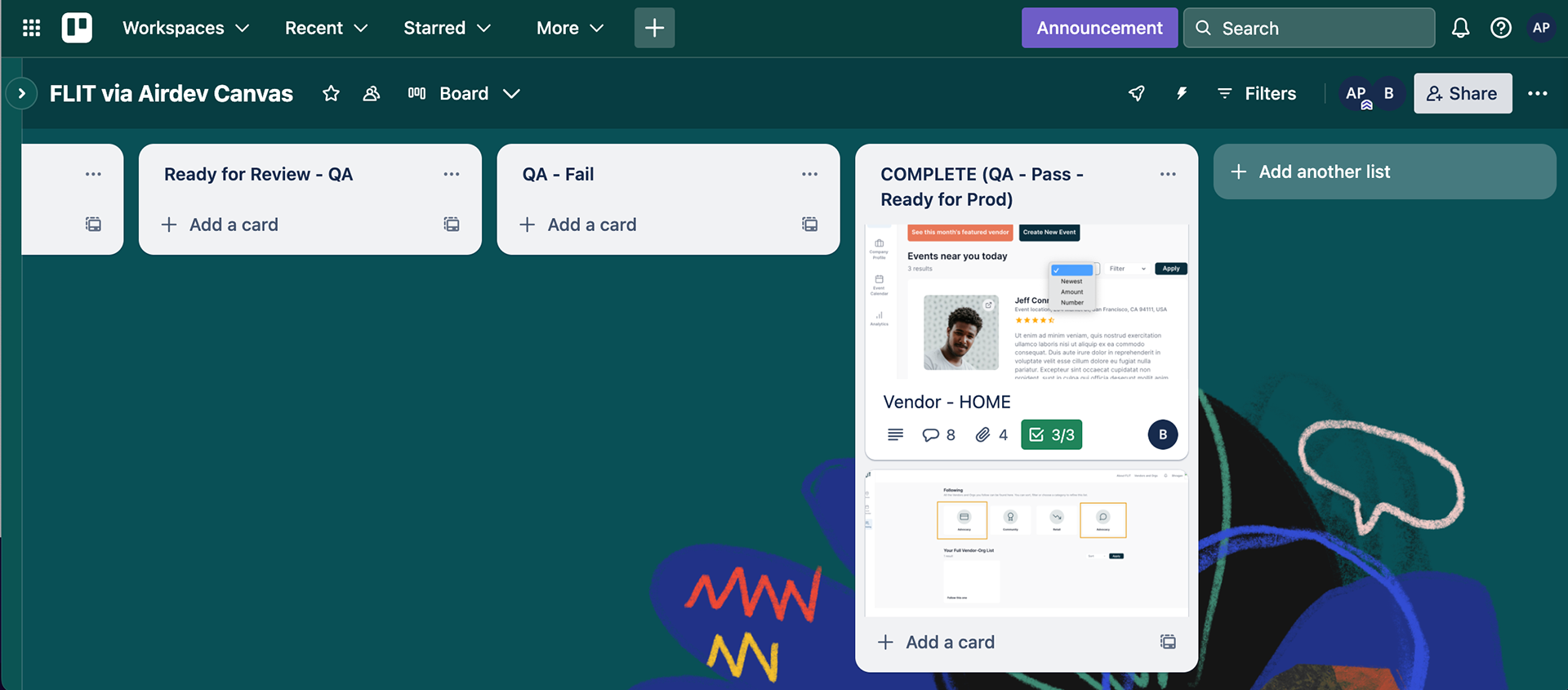
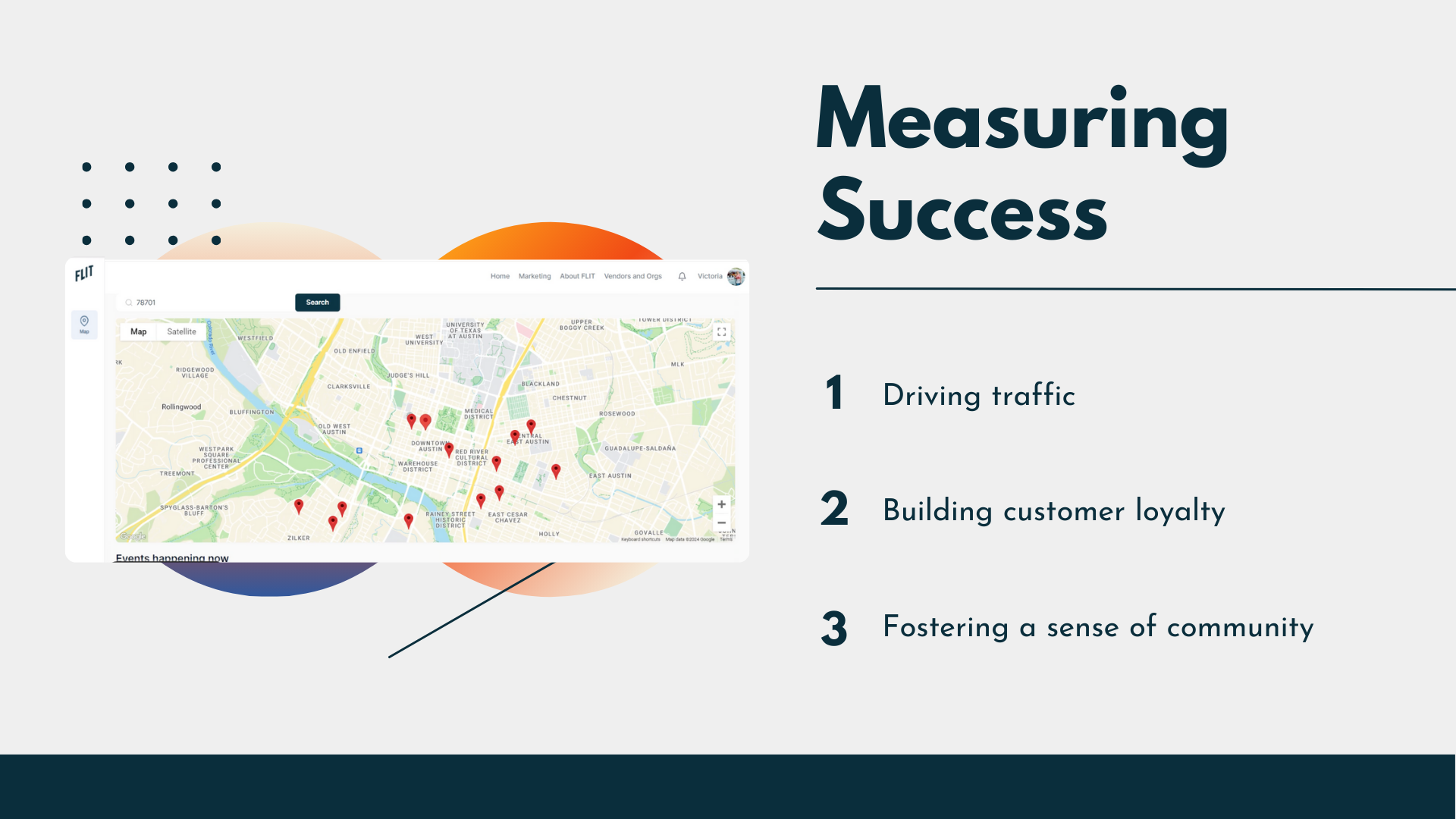
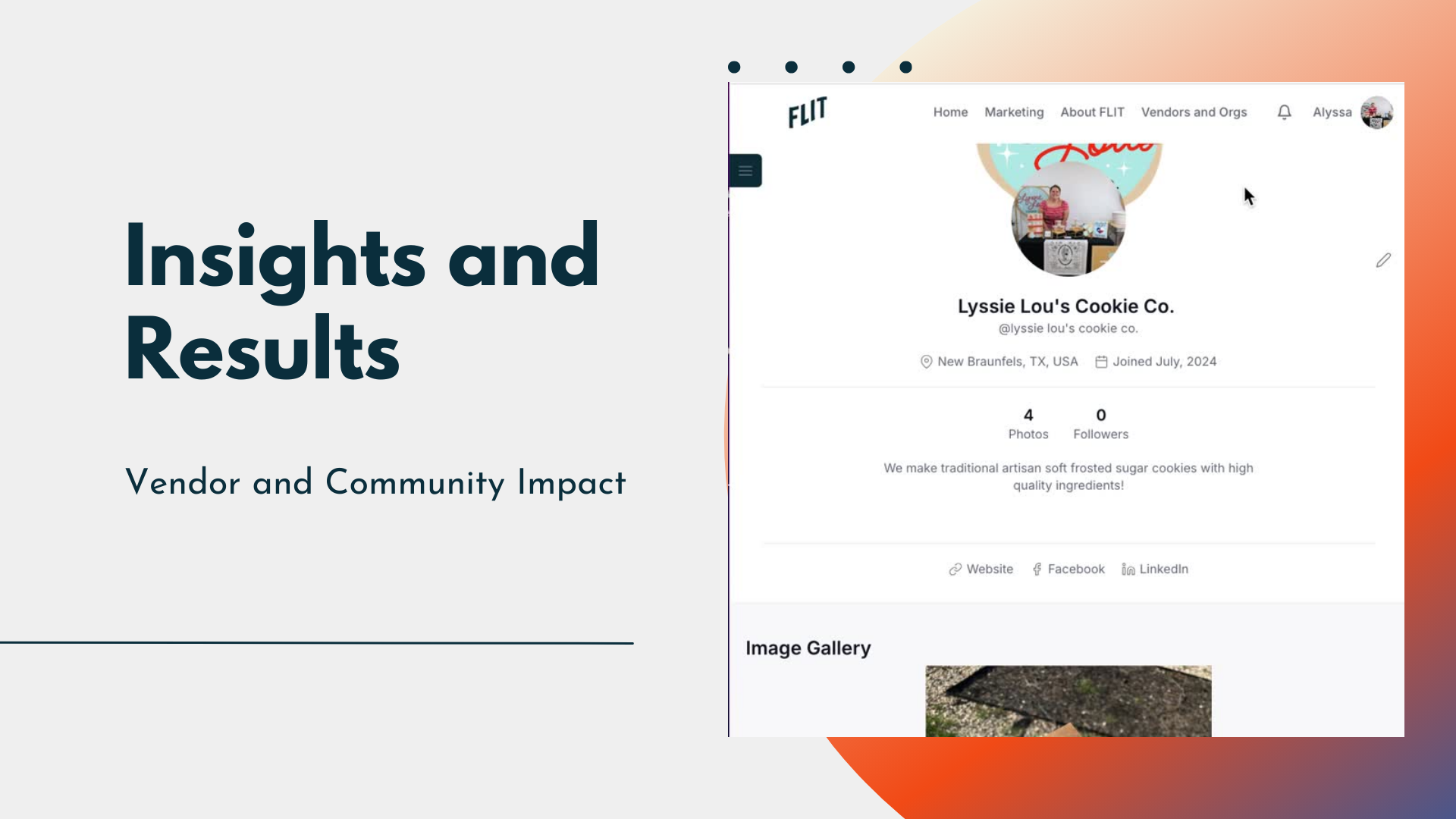
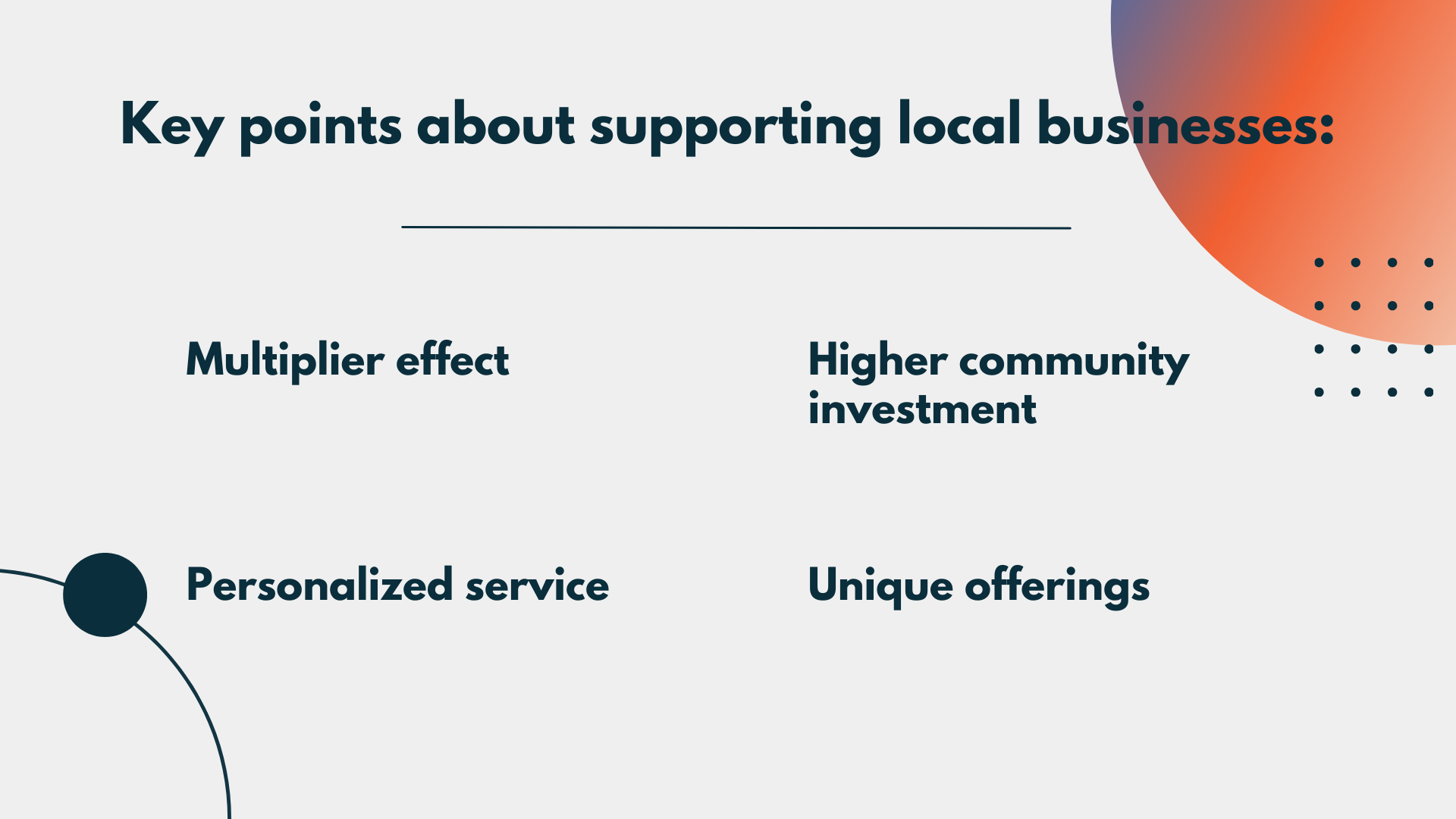
Designing a product
Tools used: Bubble, Figma, Stripe, Loom
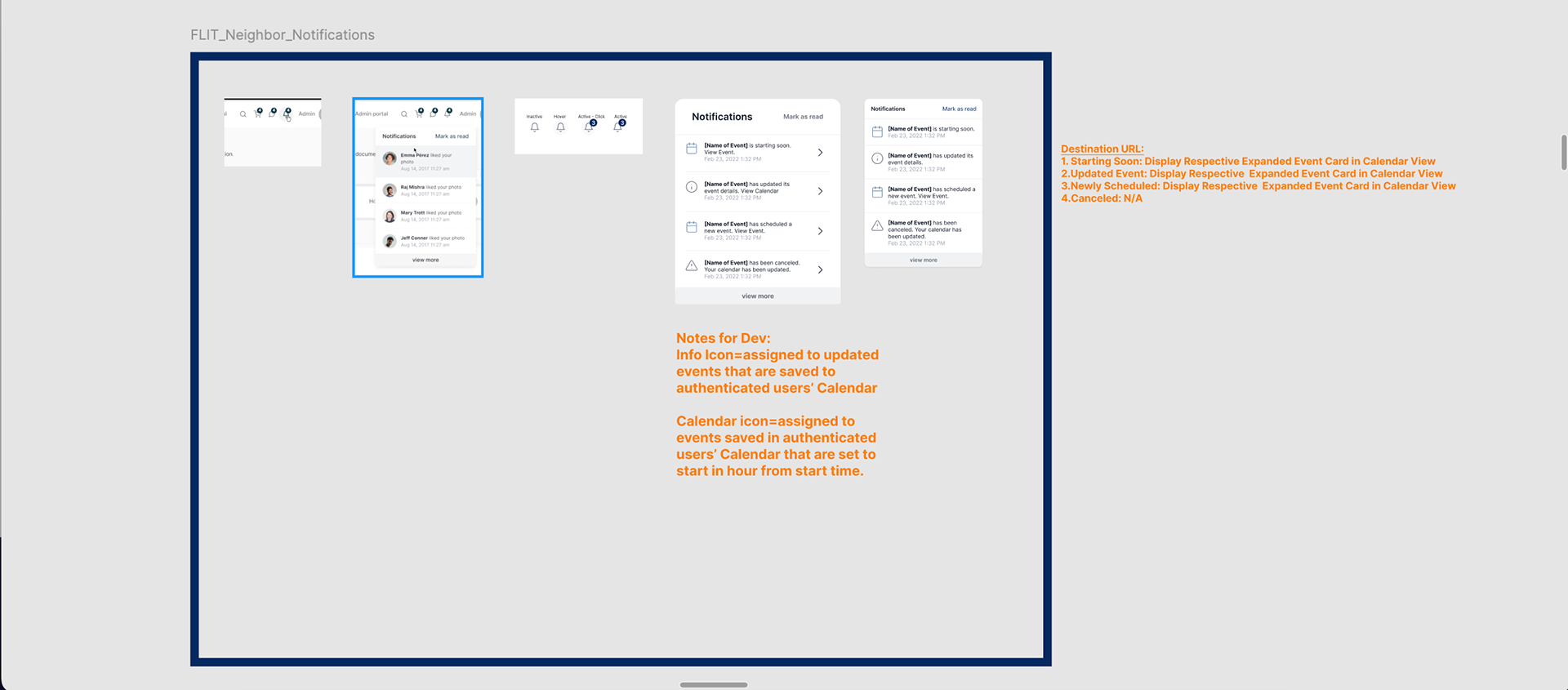

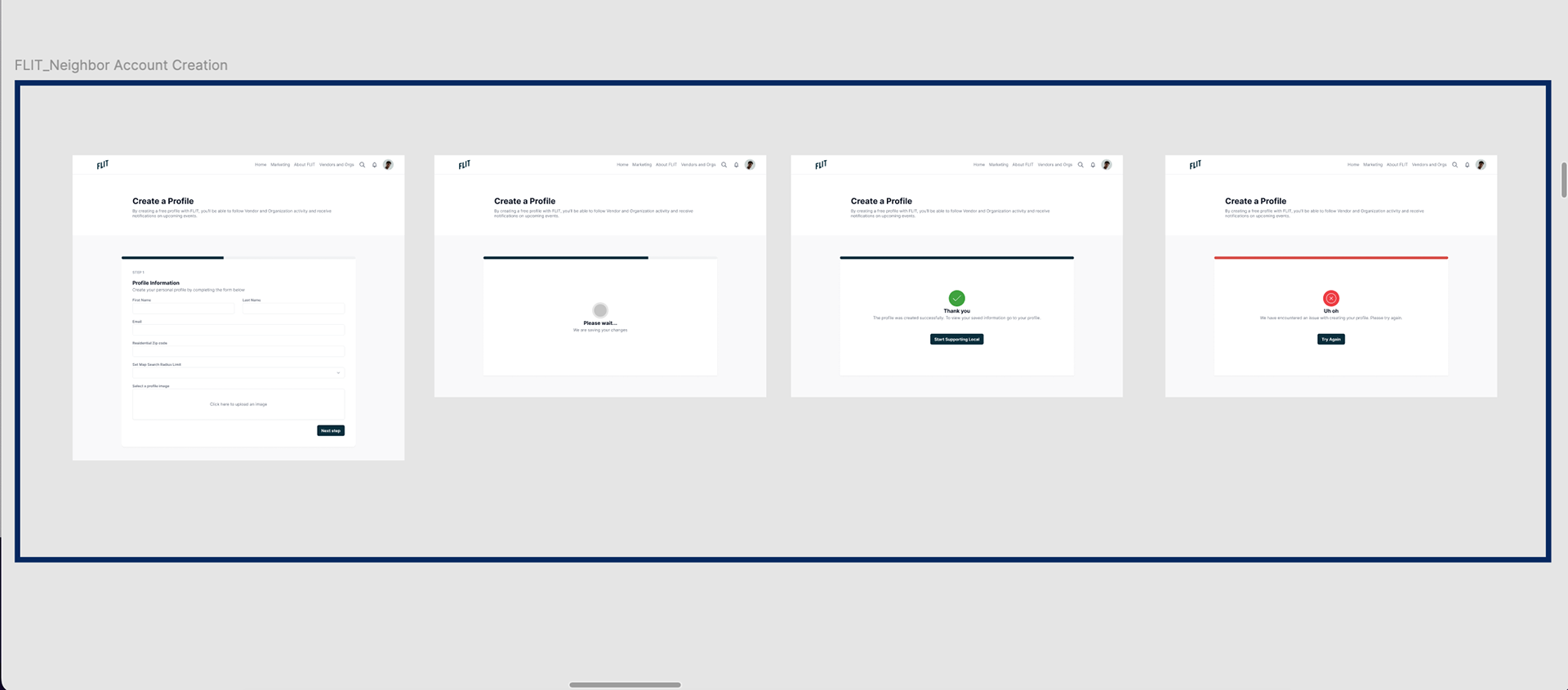

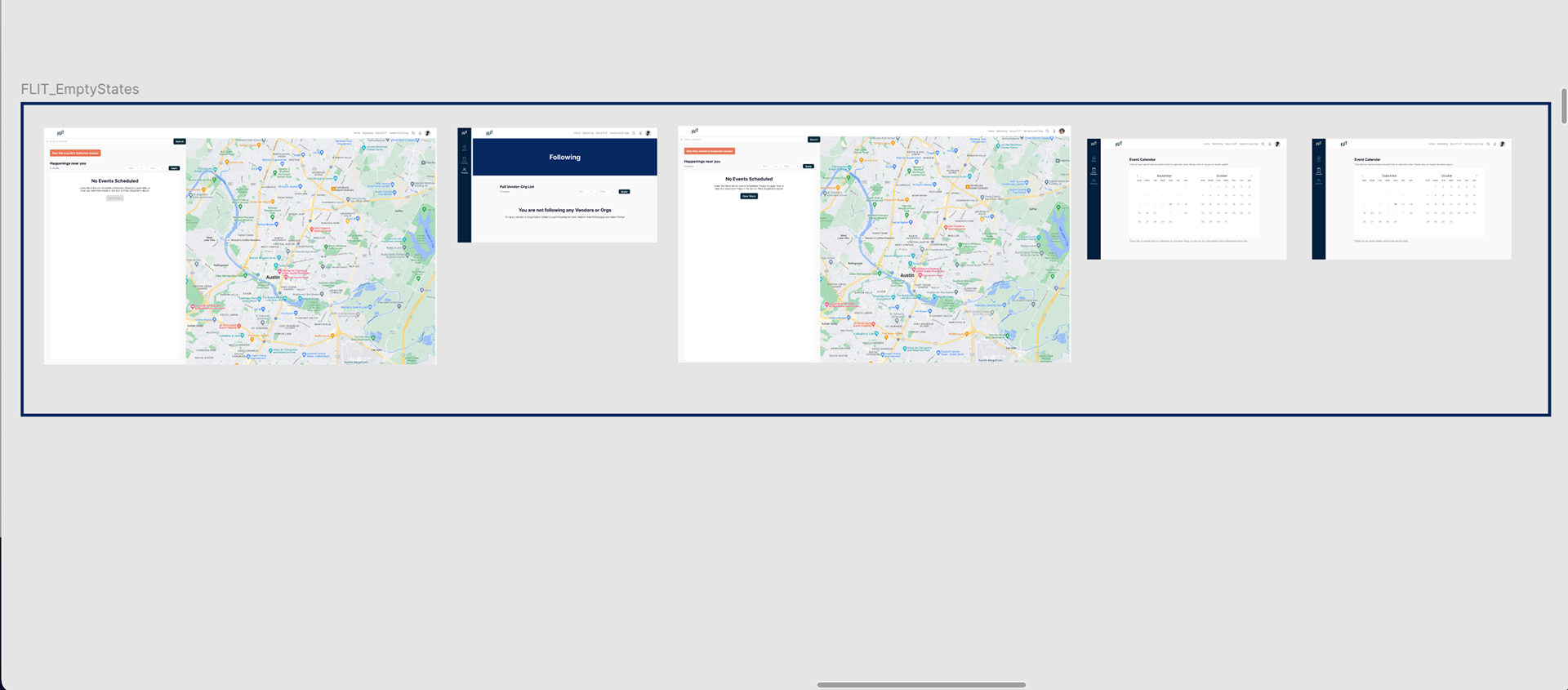



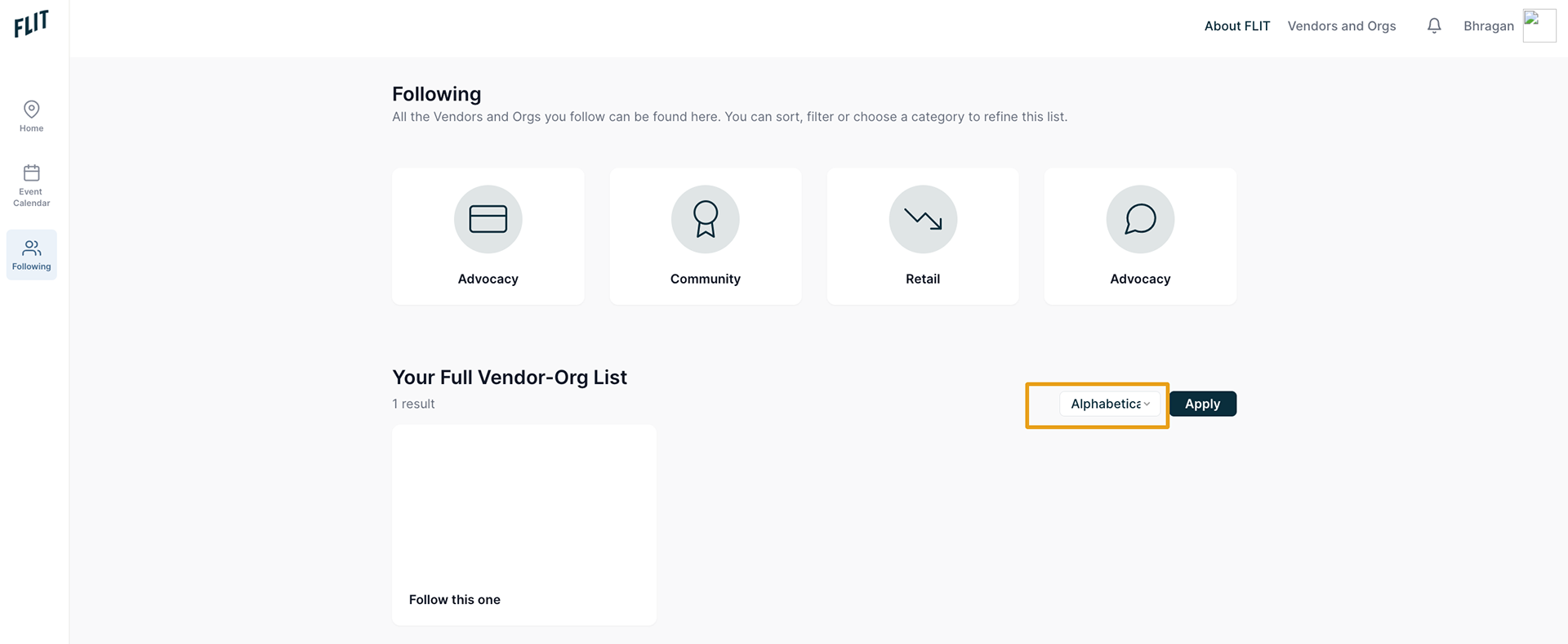
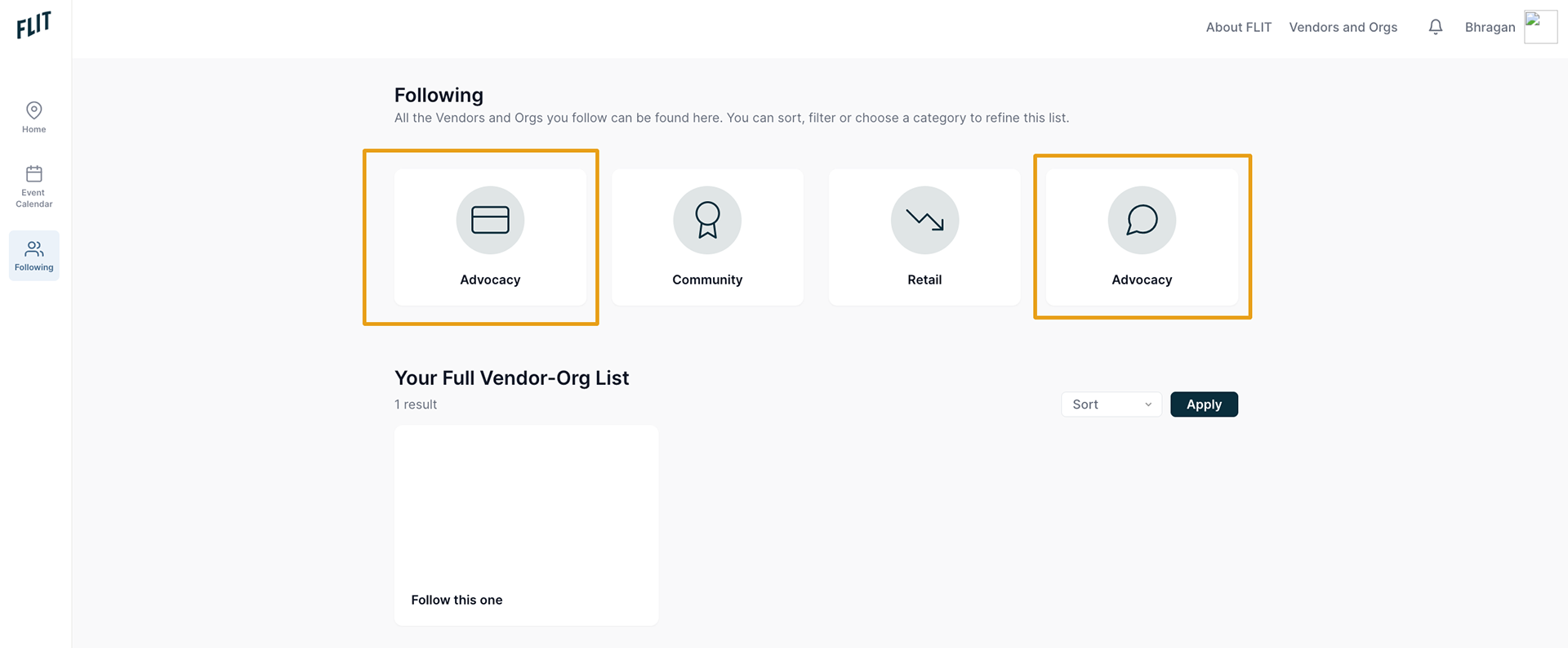
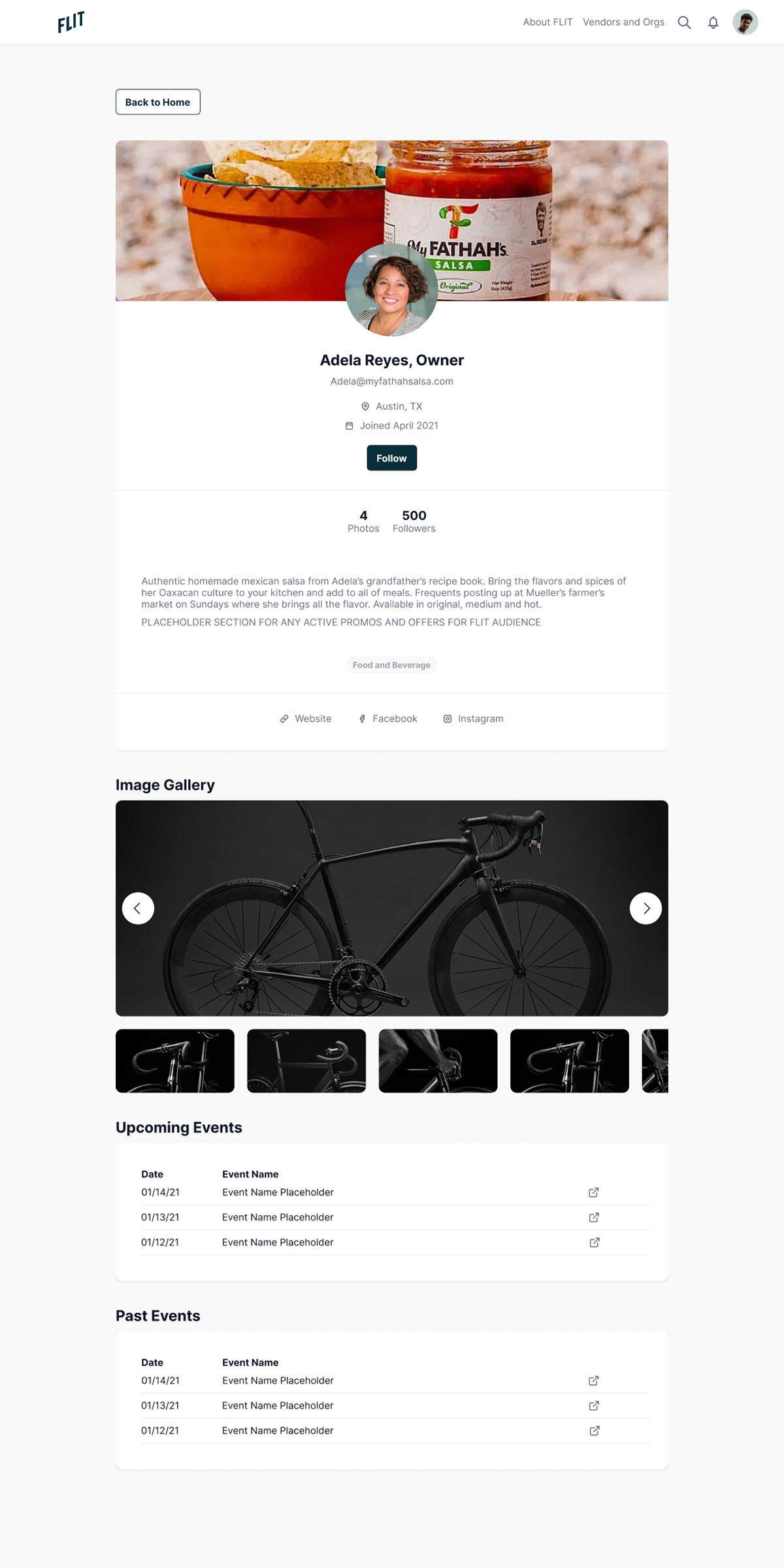

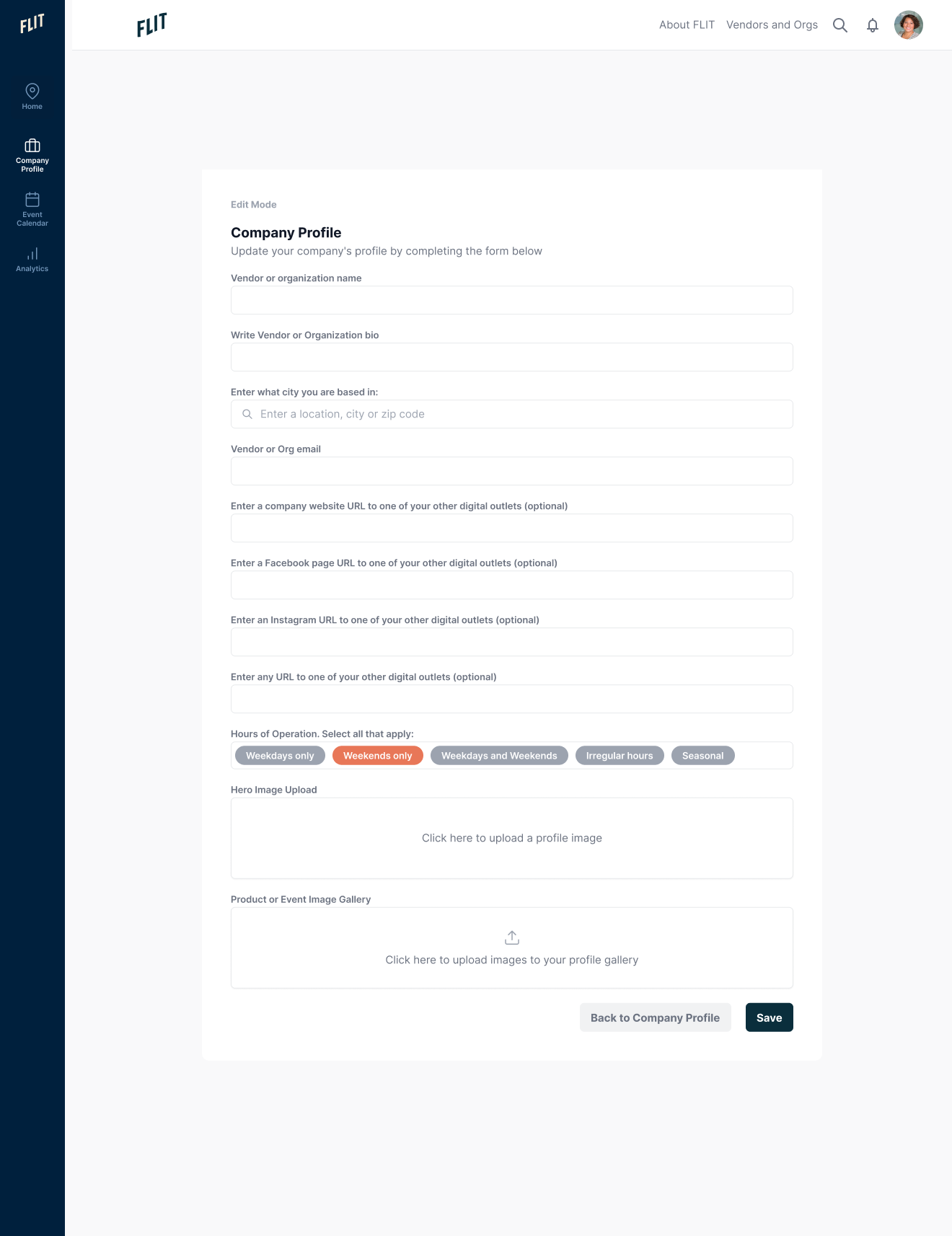
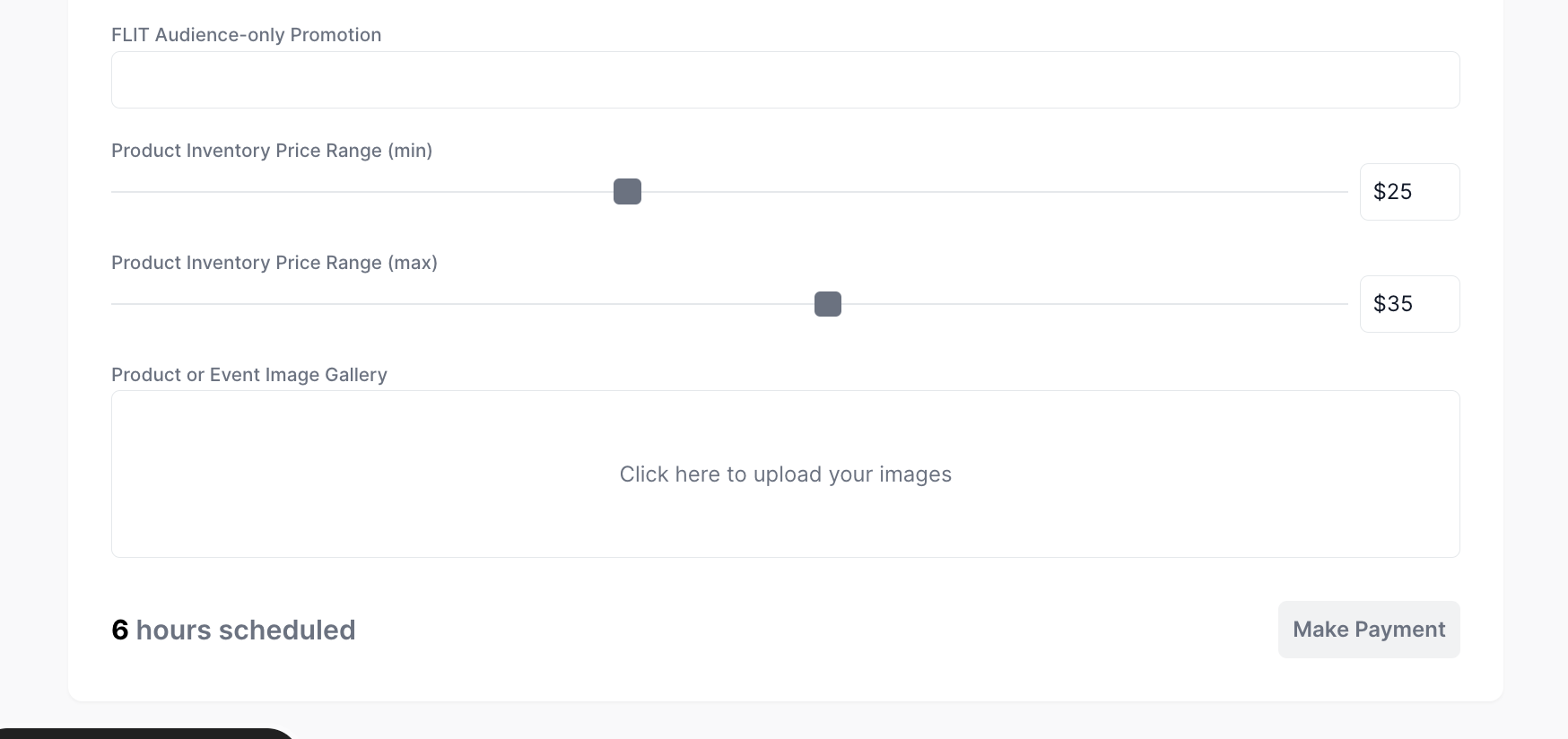
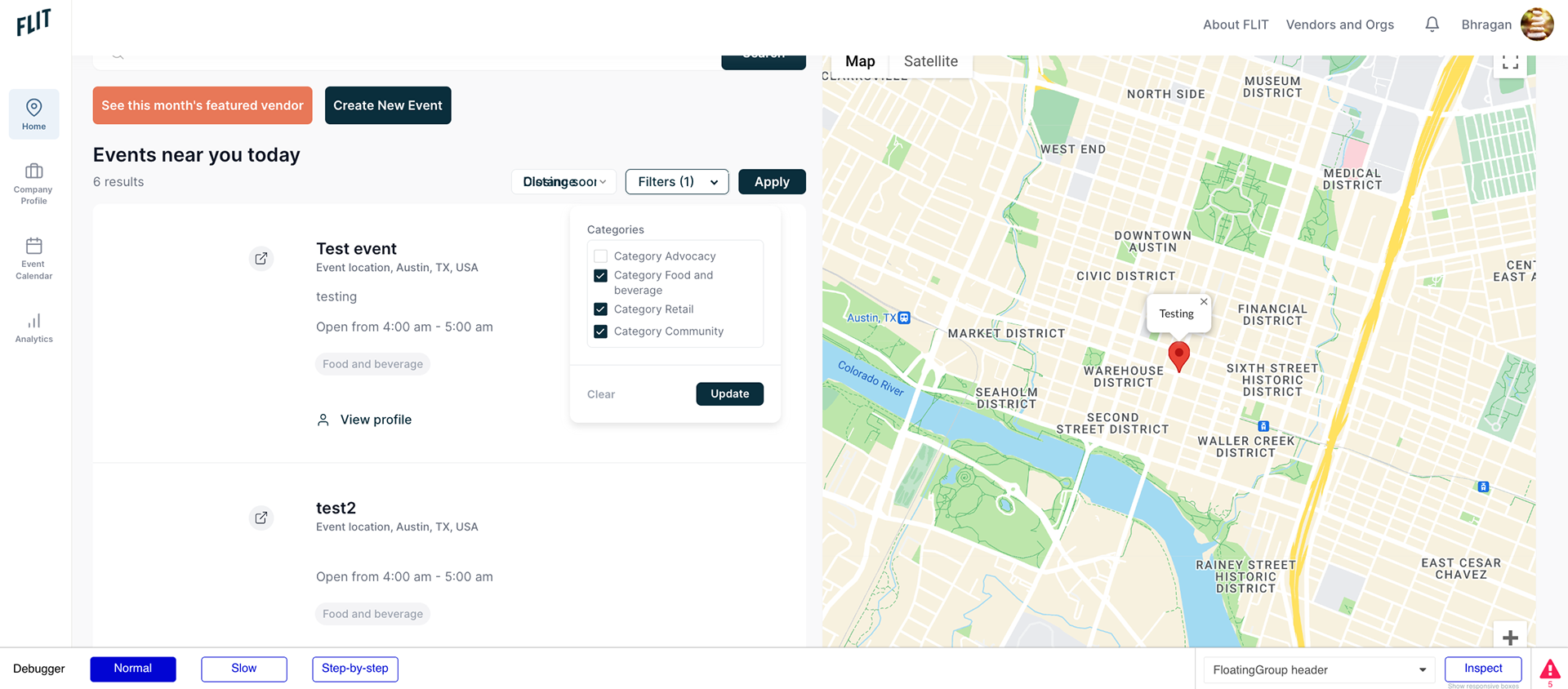


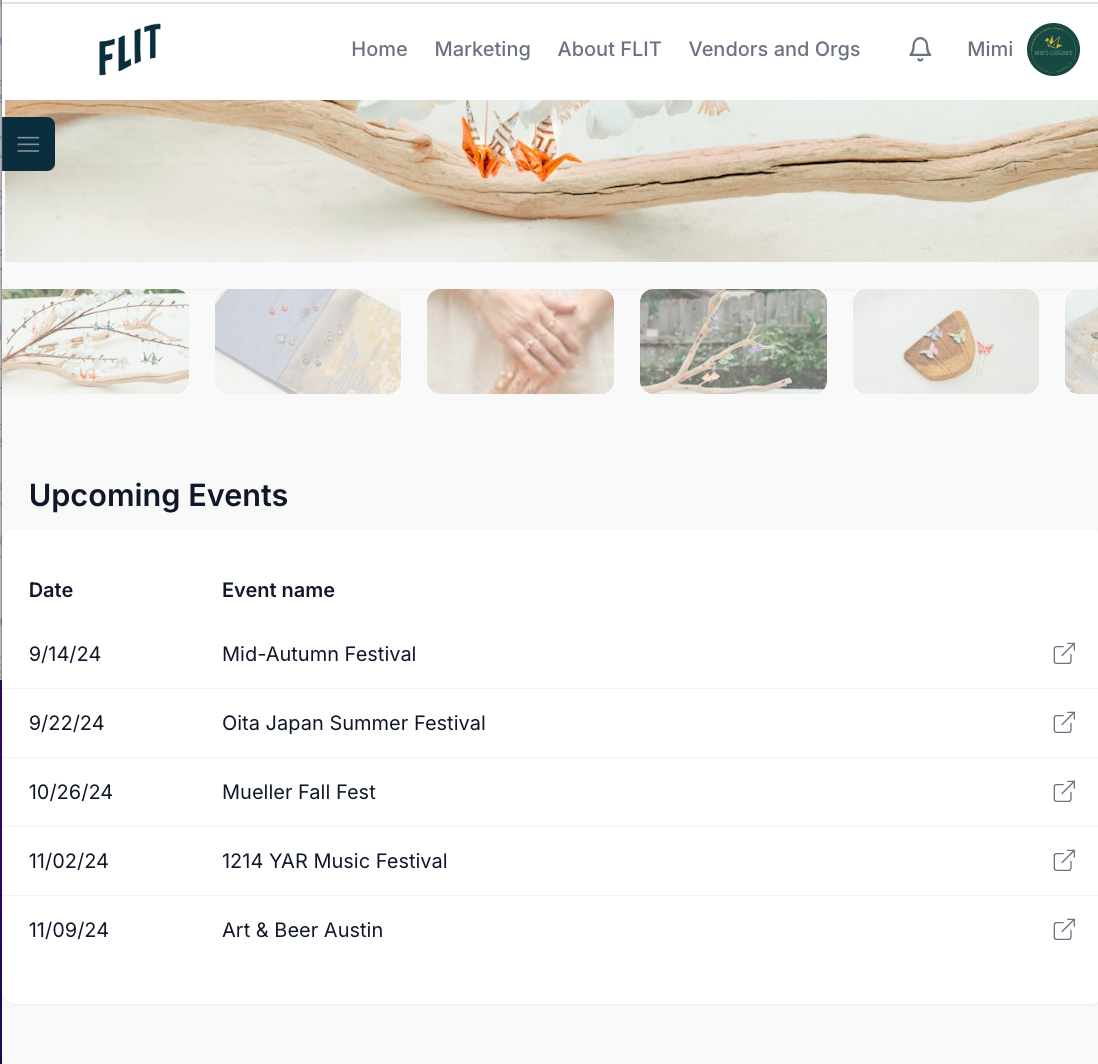
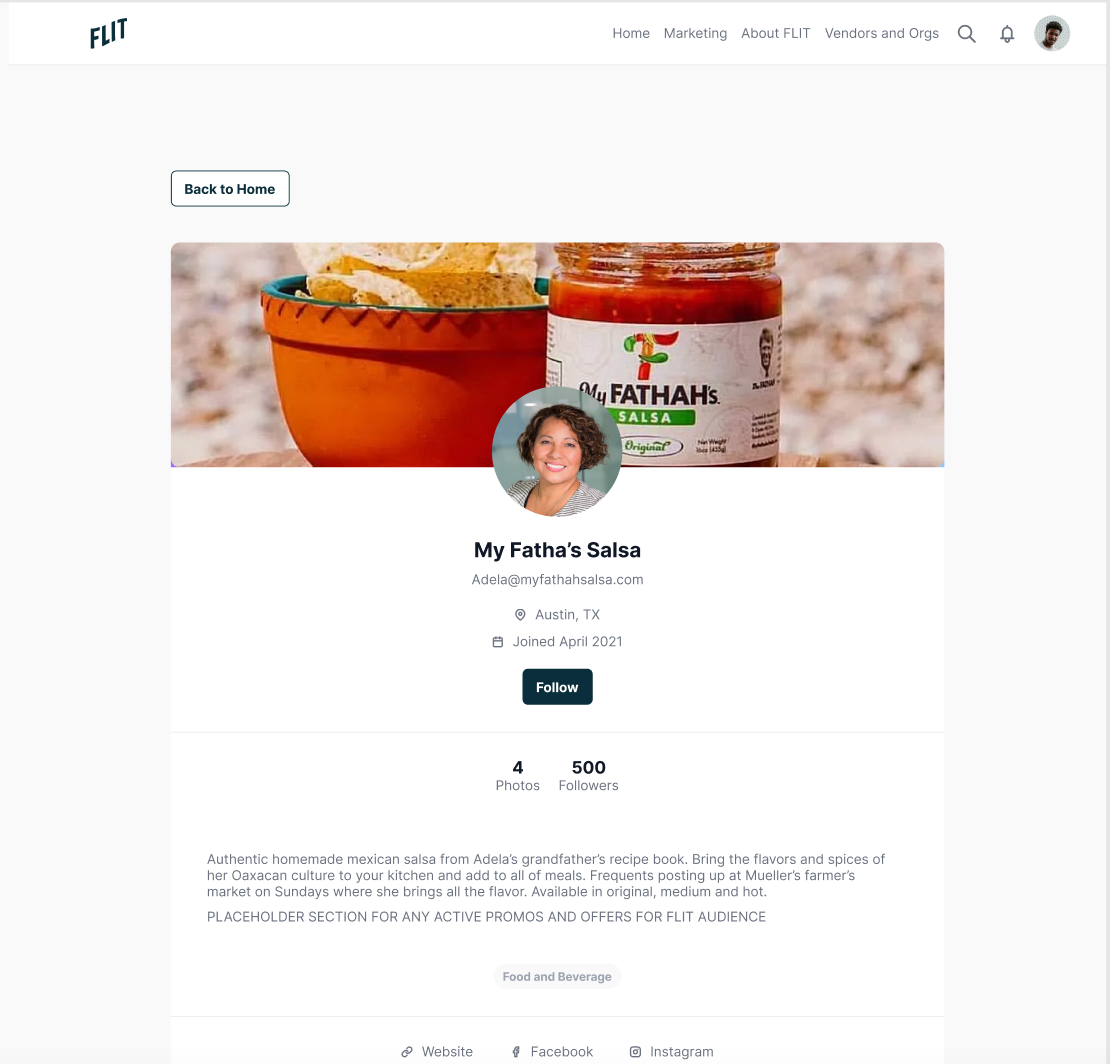
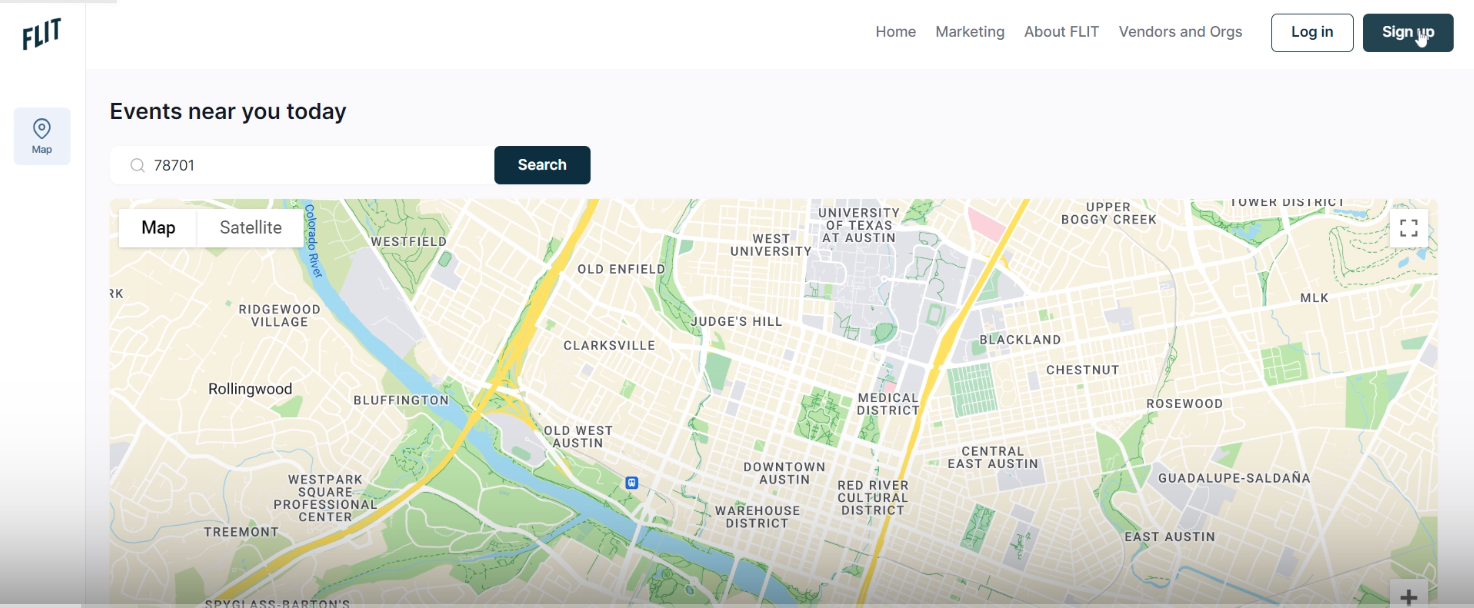
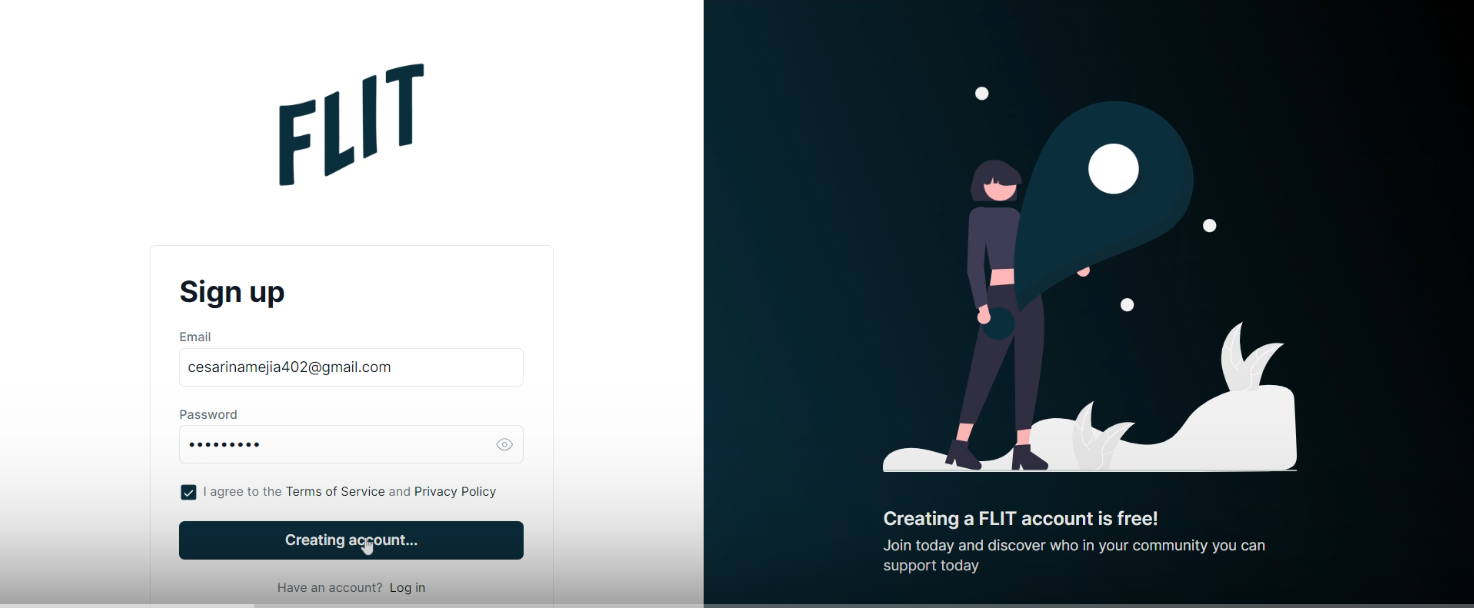

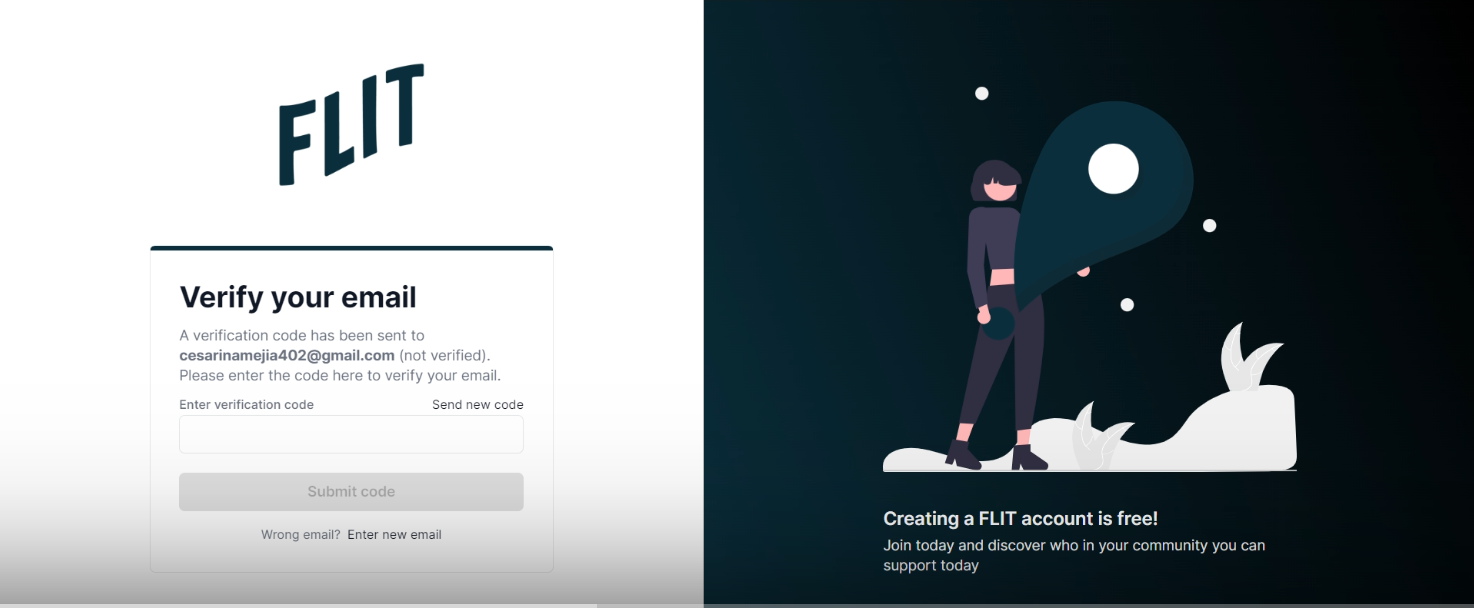
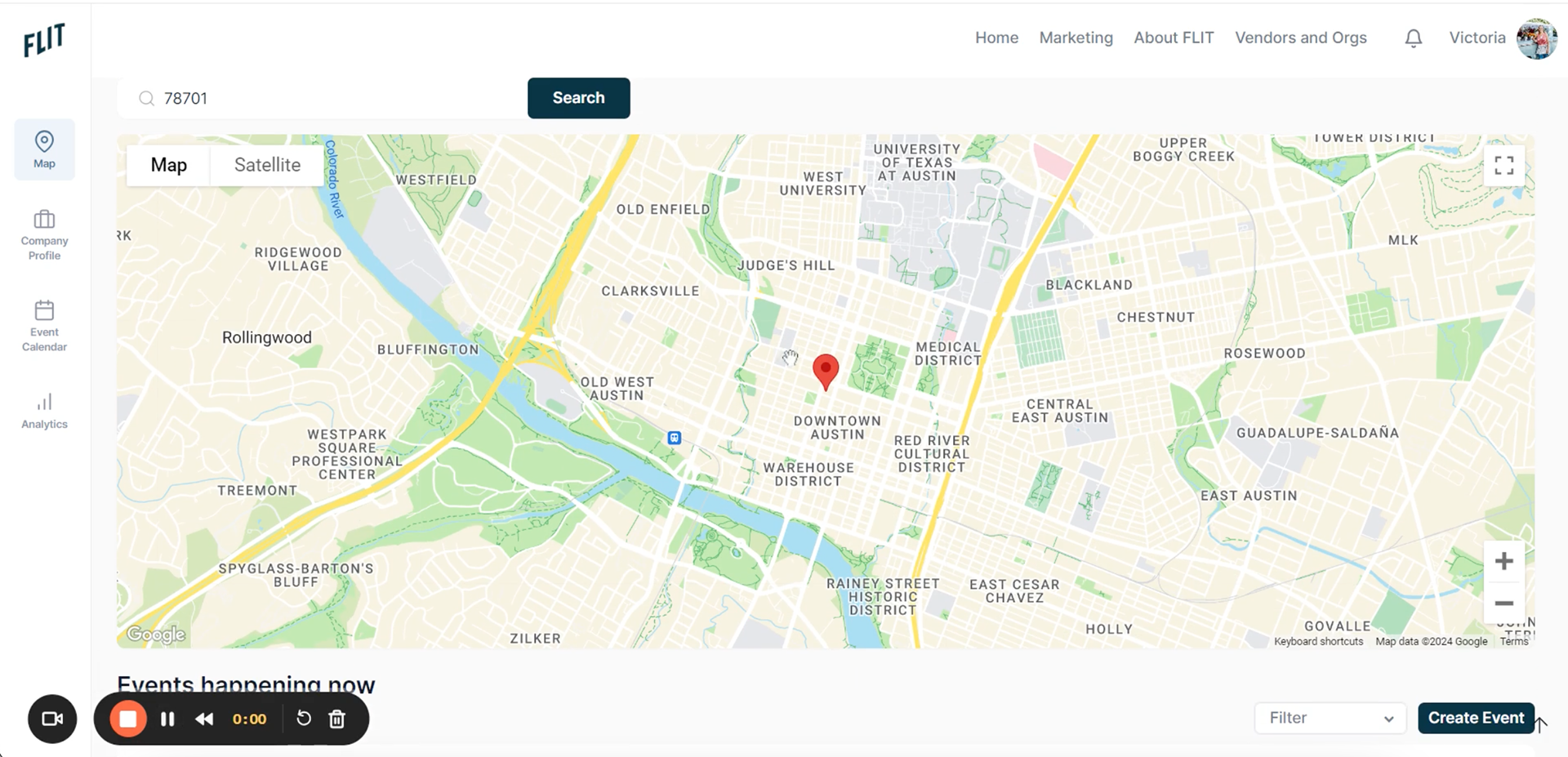

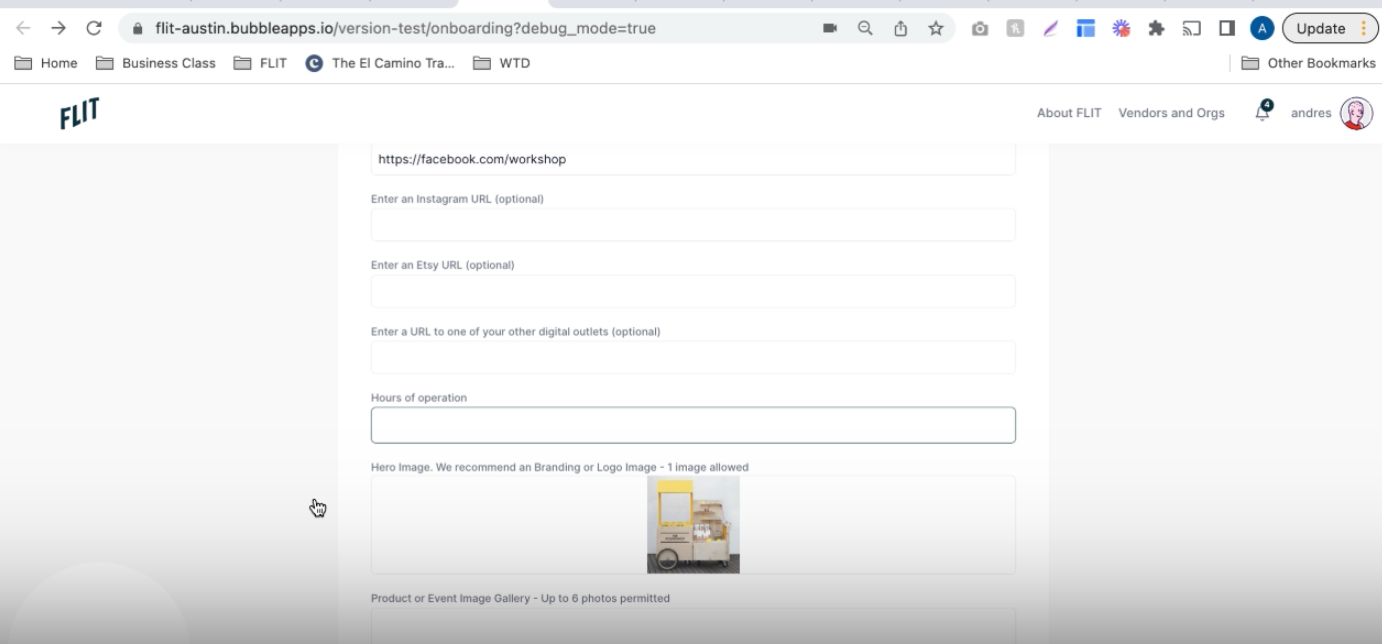
Research and Usability Testing
Through beta testing, FLIT selected candidates that fit the vendor persona and the small business supporter and even consulted respected community members involved in pop up market planning to shape perspective, evolving needs and future scope. They disclosed how they interacted with FLIT, what helped them accomplished their business promoting efforts, what didn't help, the presentation of the information and if it was sufficient to capture for their audiences/fans of their event, any unique theming to highlight special events over other events.
The insights revealed what could potentially become the next iterations and features set for FLIT to grow into a hub for all pop up market news and ways to keep Austinites easily engaged with community and economy and support local businesses.
Tools used: Canva
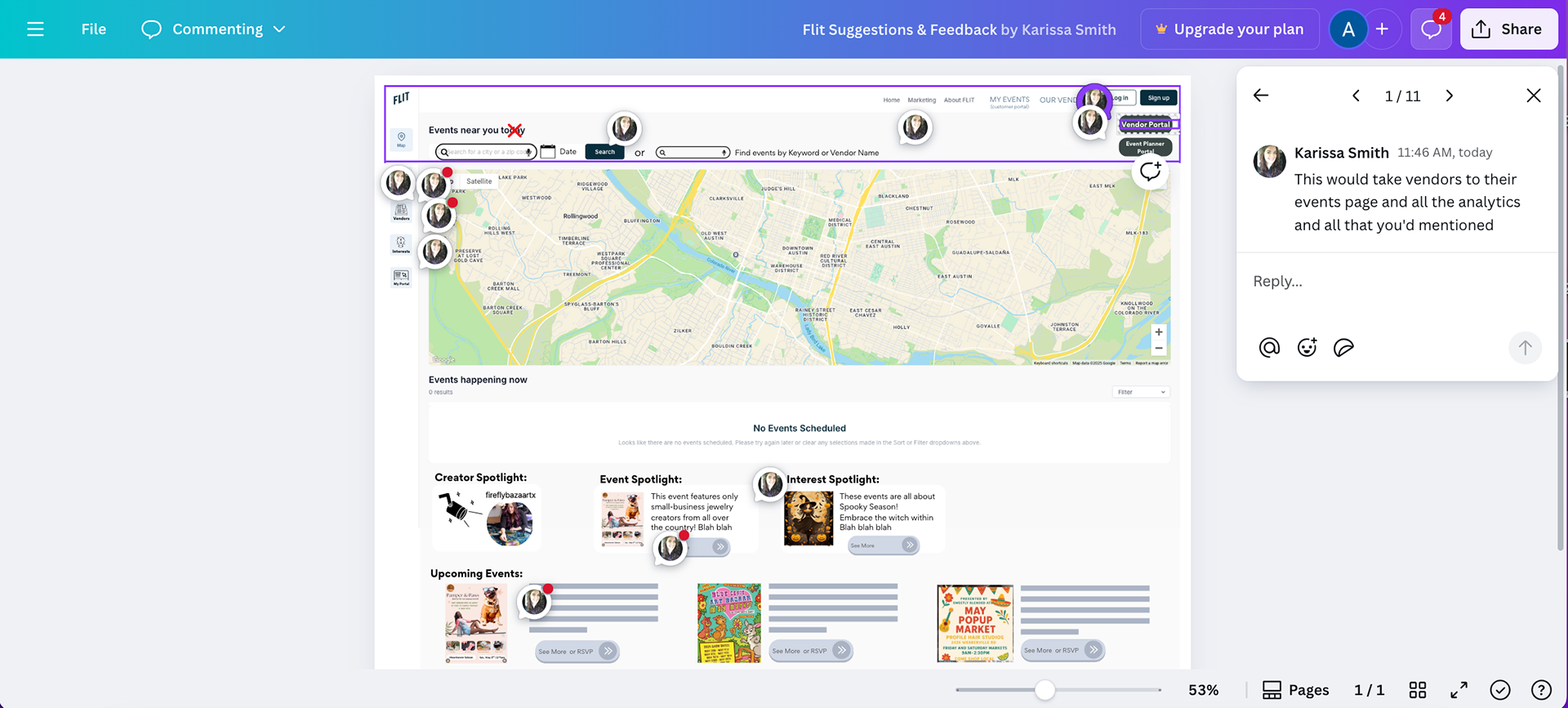
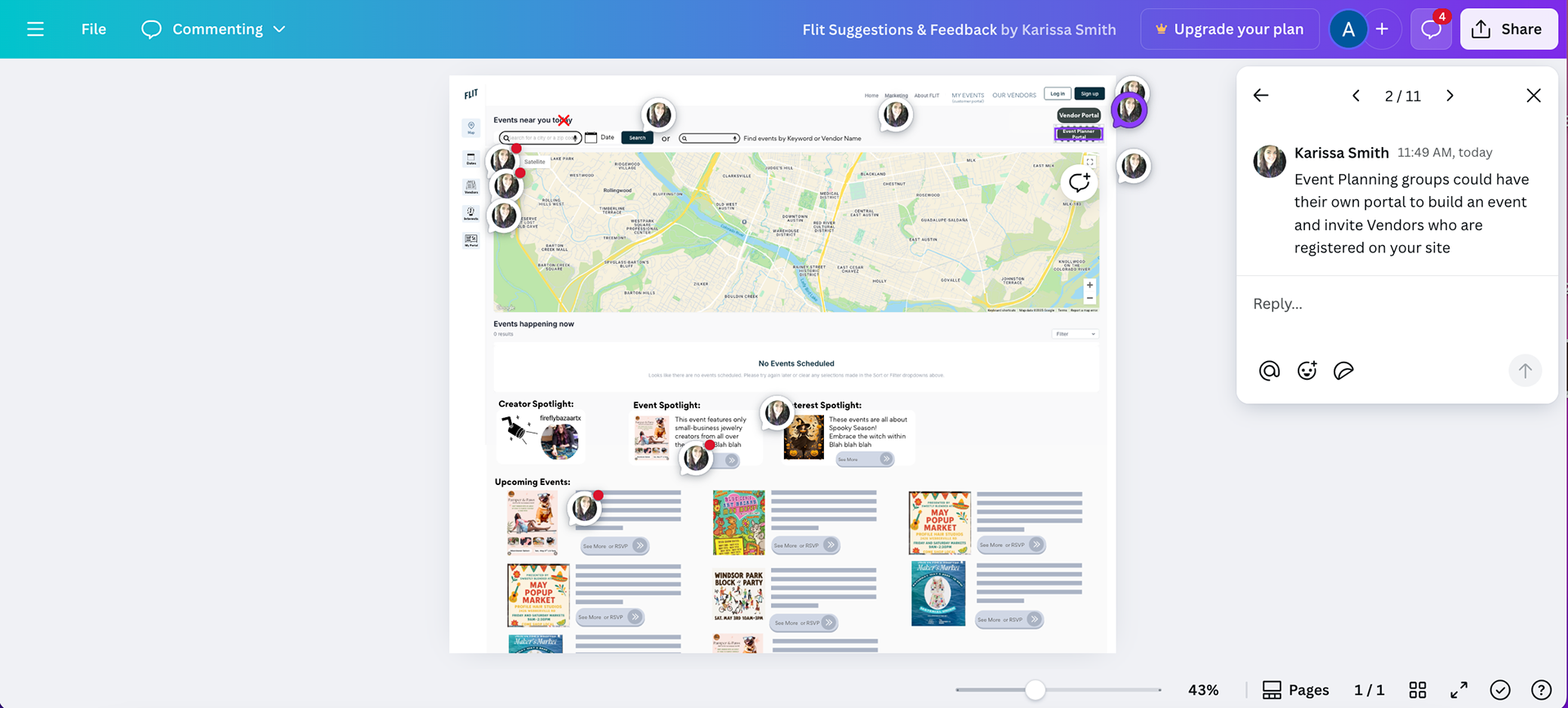


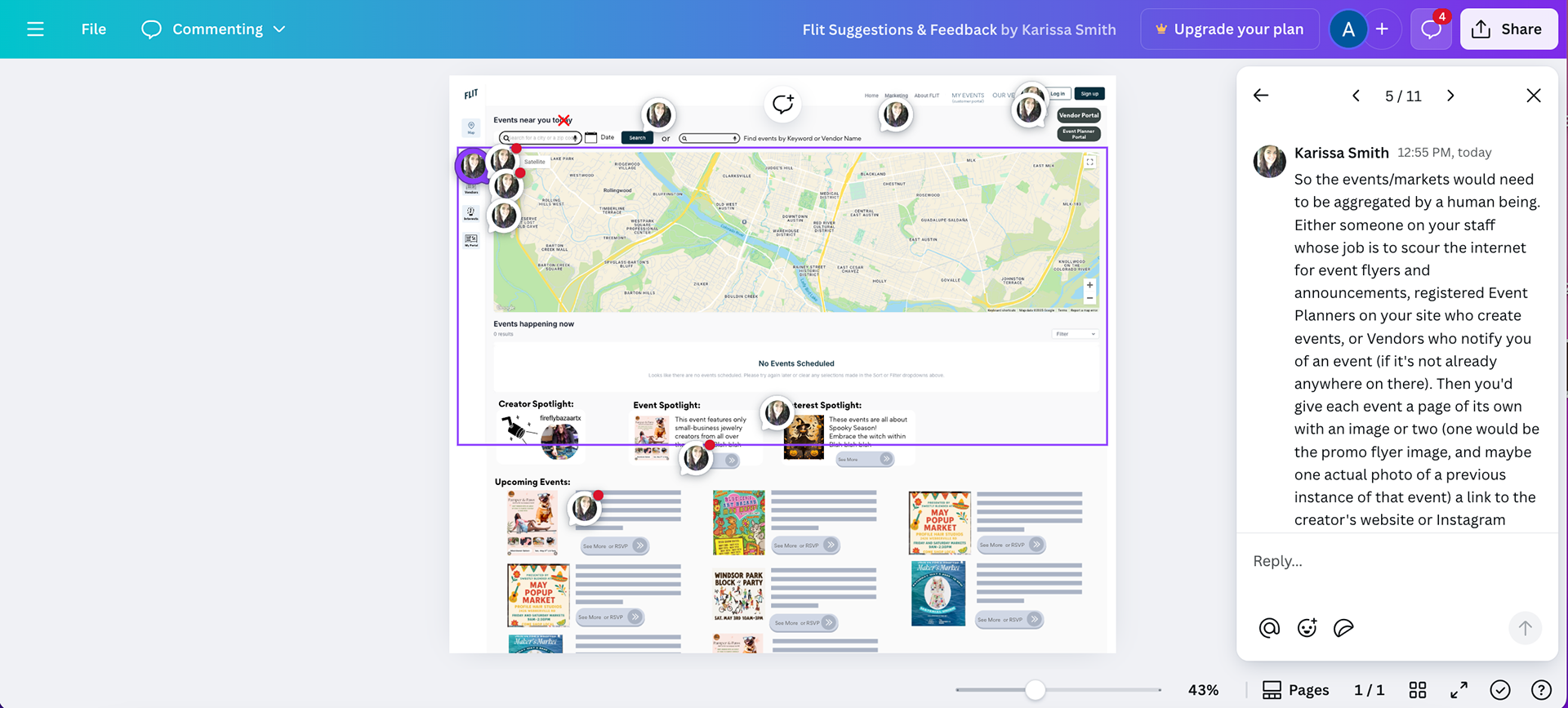
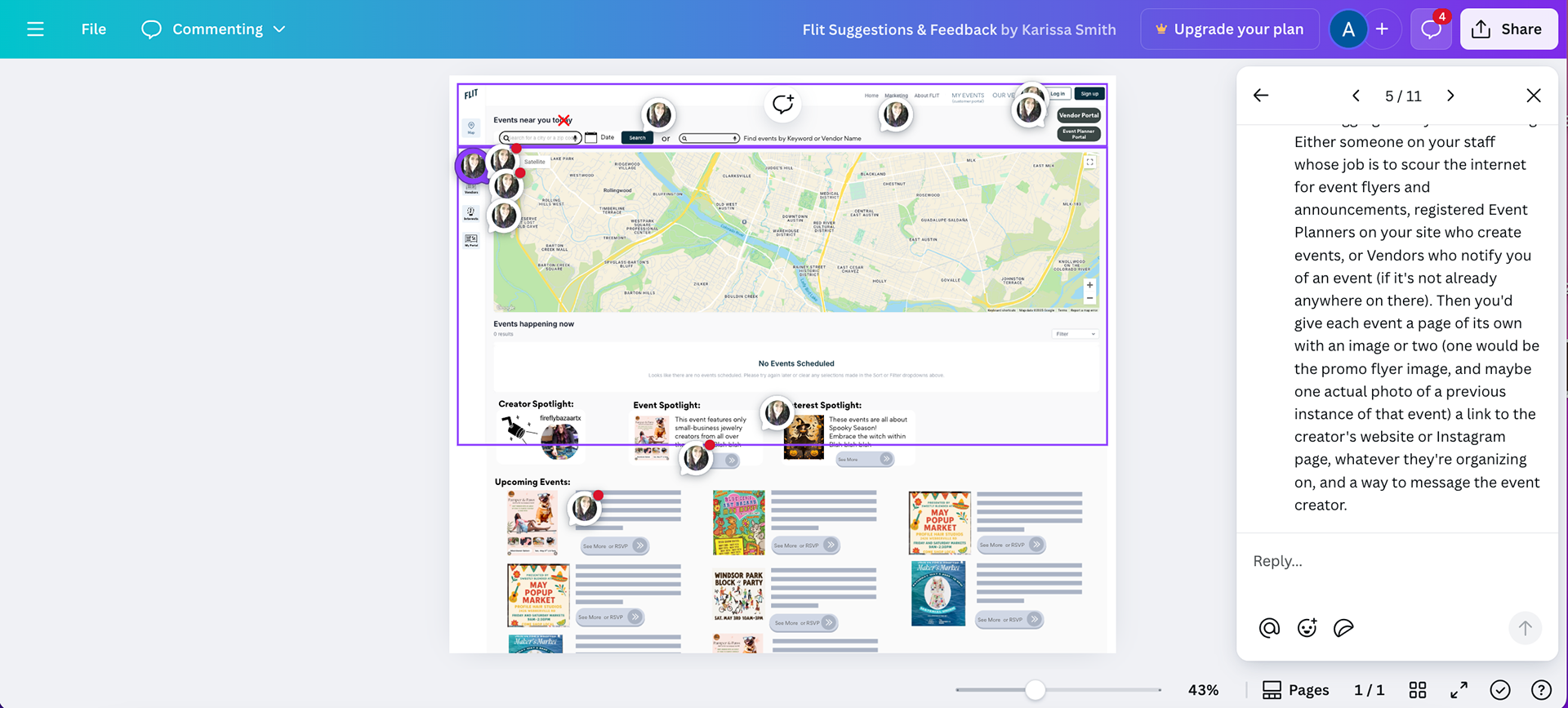
Building a marketing and social media identity
Tools Used: Canva, Instagram, TikTok, Capcut, FloDesk
Due to occasional freelance and intern hire to run the social media account. A social media and marketing guide was crucial to have to onboard them so I made one that captured the brand's mission, values, persona's motivations and interests, the brand voice and goals. The goals were typically to raise awareness on our platform's solution and establish ourselves as a subject matter expert on being plugged into the pop up market happenings. As a remote and changing team, it was crucial to divide and conquer but keep the voice consistent and the ideas fresh but relatable. Holding weekly touch points meetings to discuss ideas, deadlines, review/approve creative and messaging, adhere to goals and align on a content calendar to builds brand goals.
After beta testing, a promo code was designed and introduced to our audience as a way to start building a foundation for a marketing funnel and incentivize potential leads to become convert into a client.
Tools used: Google Docs, AirTable, Canva, Instagram, Capcut
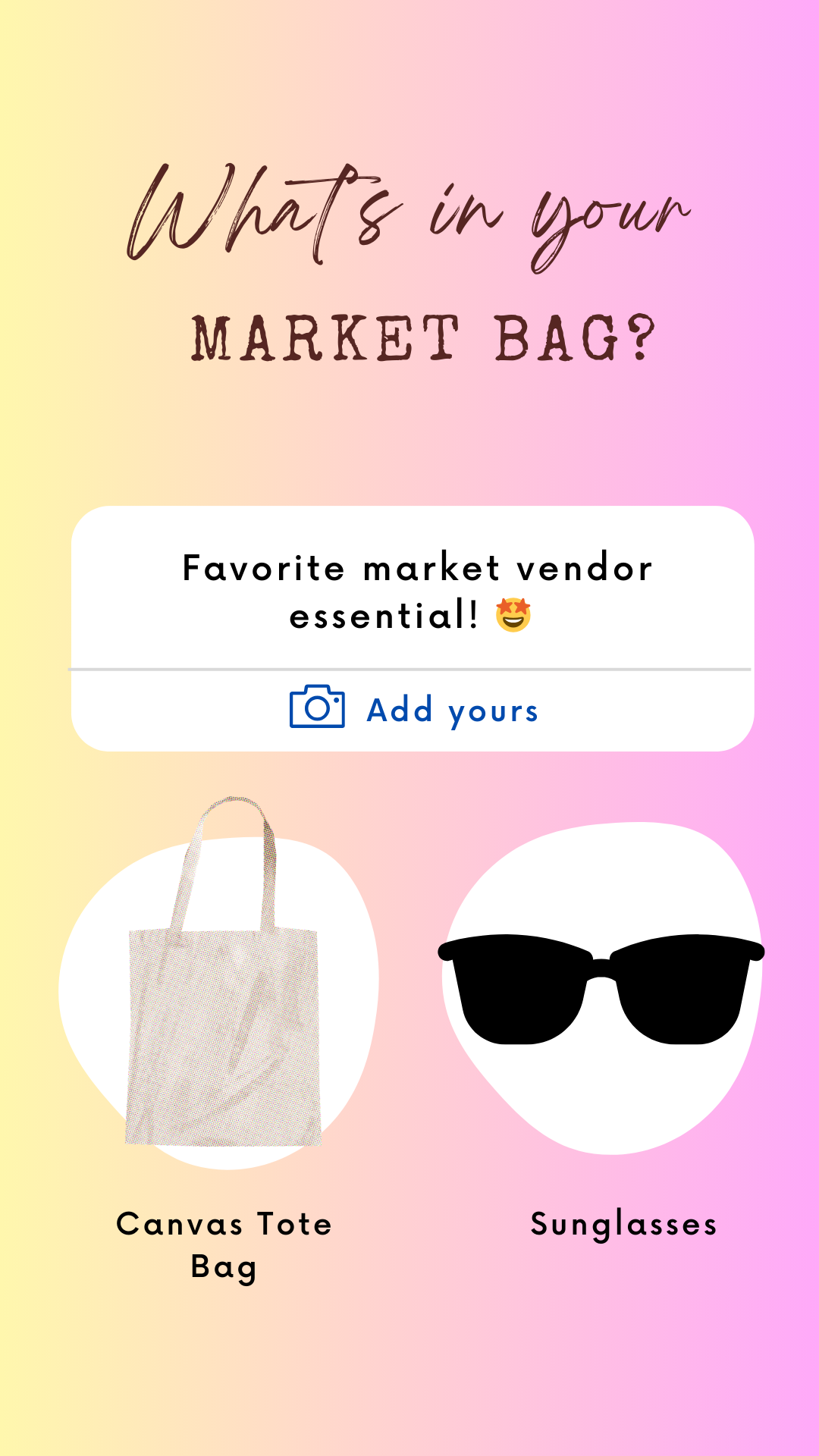
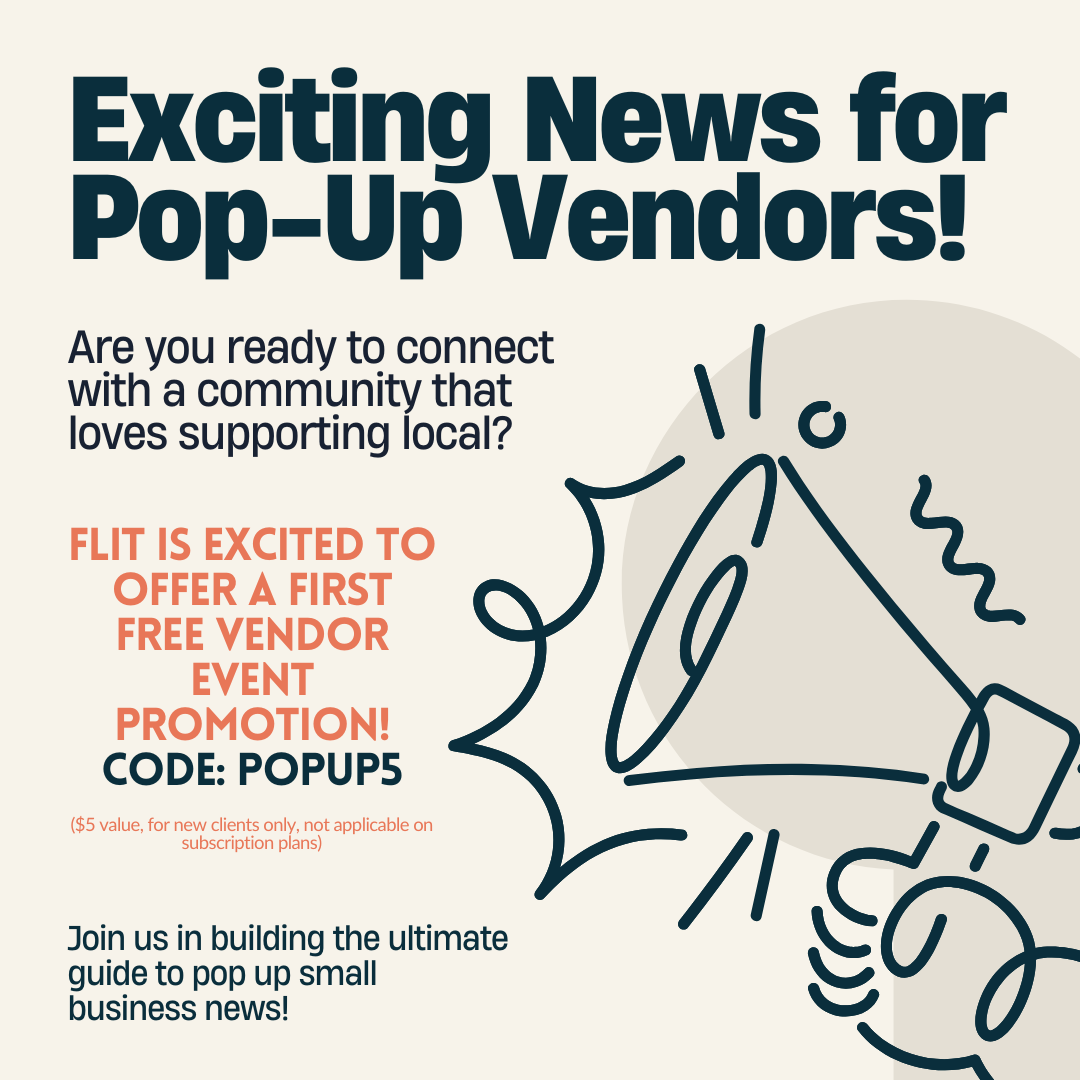
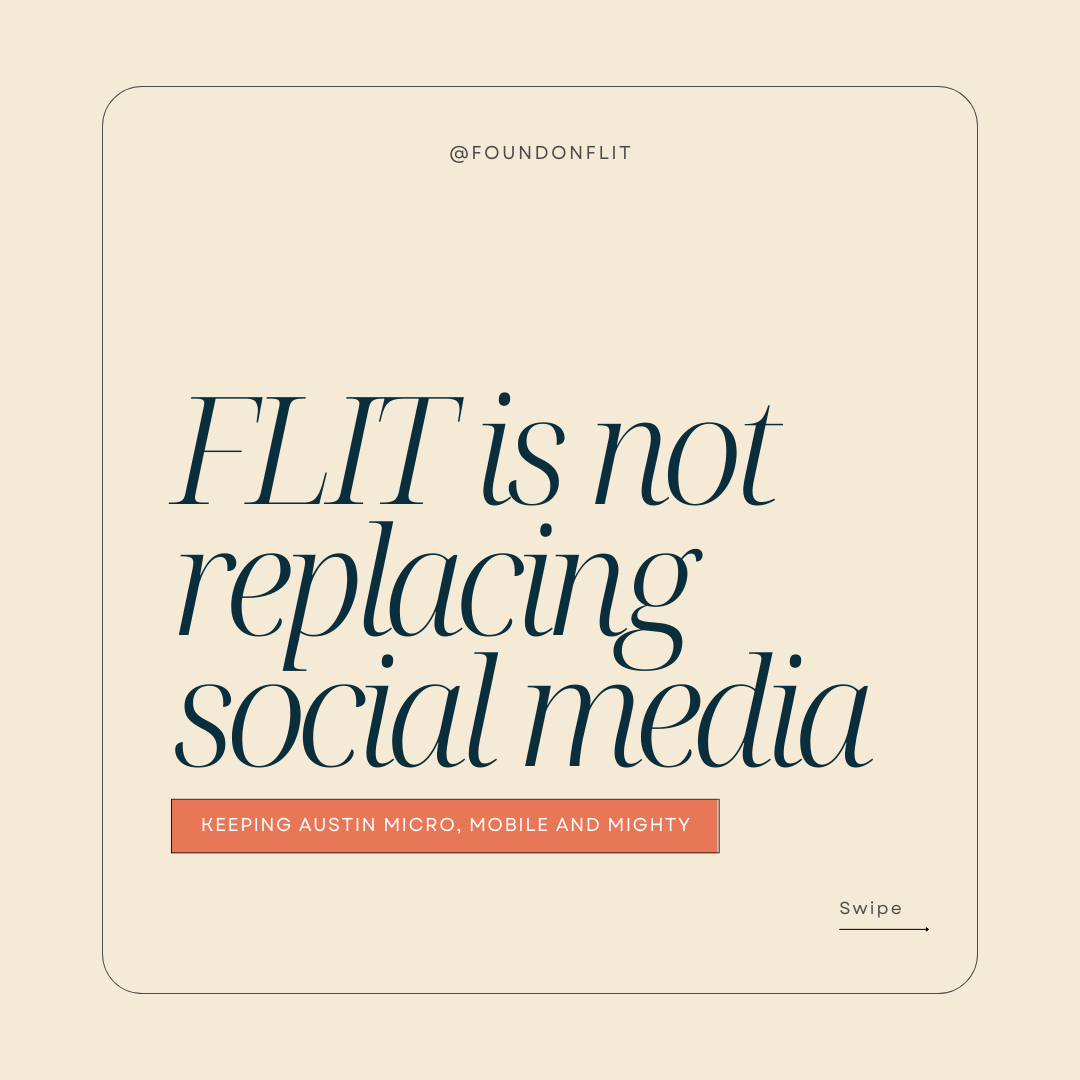
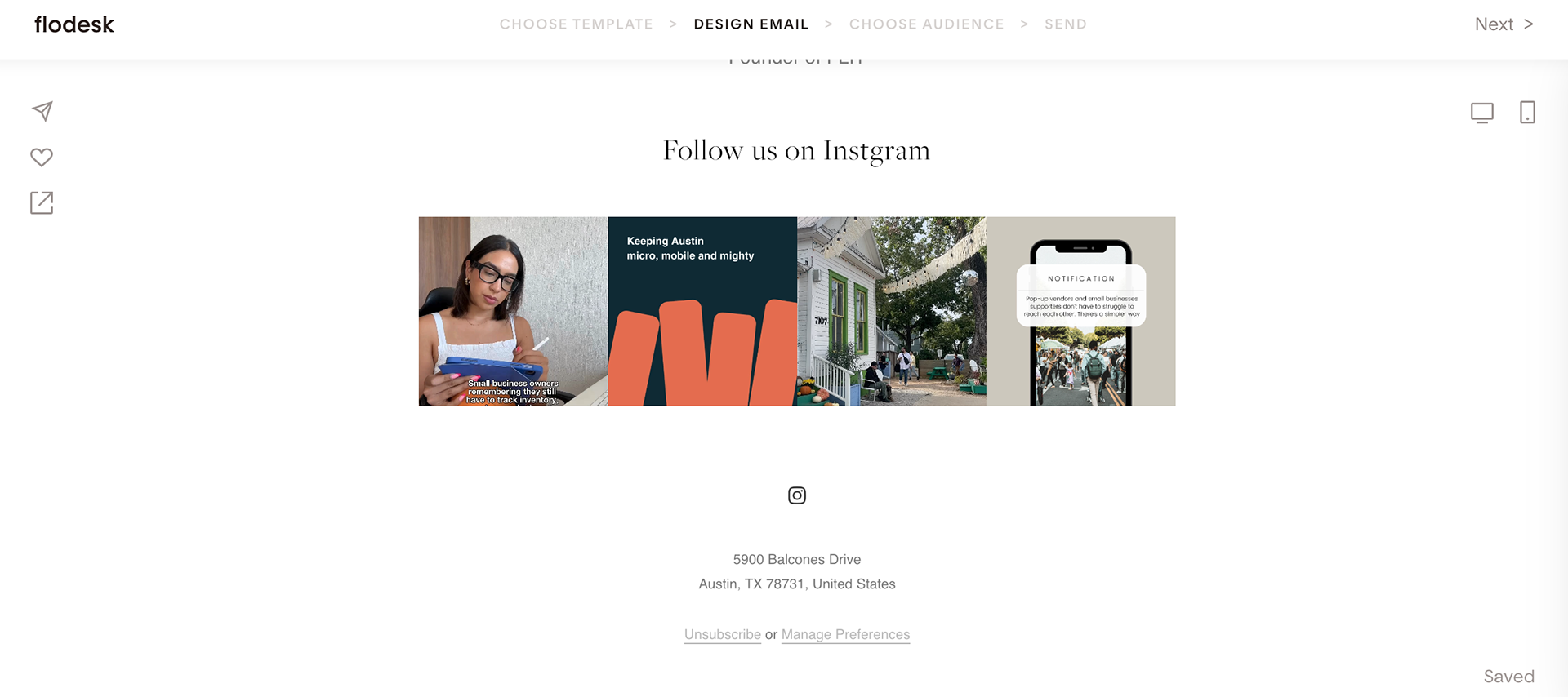
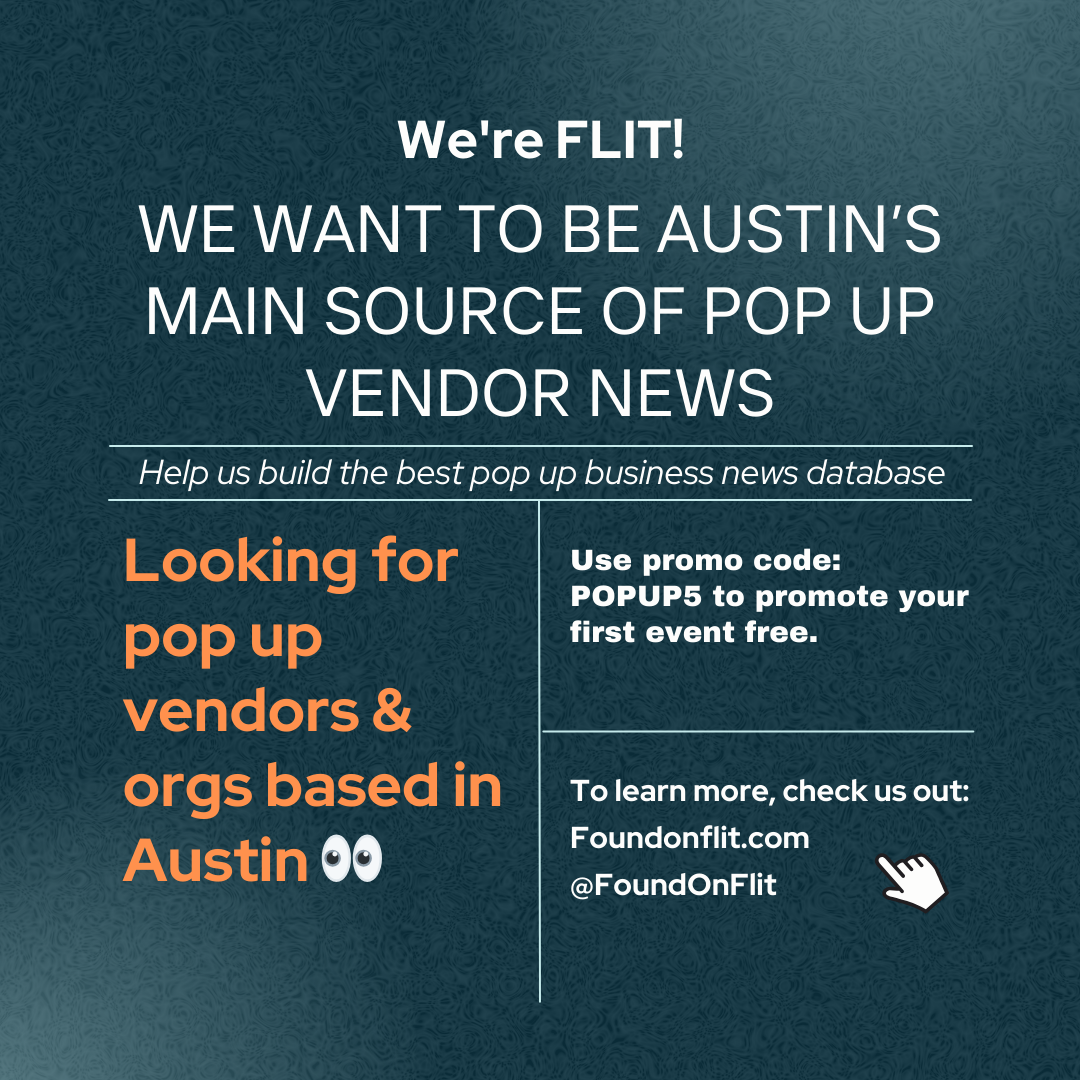
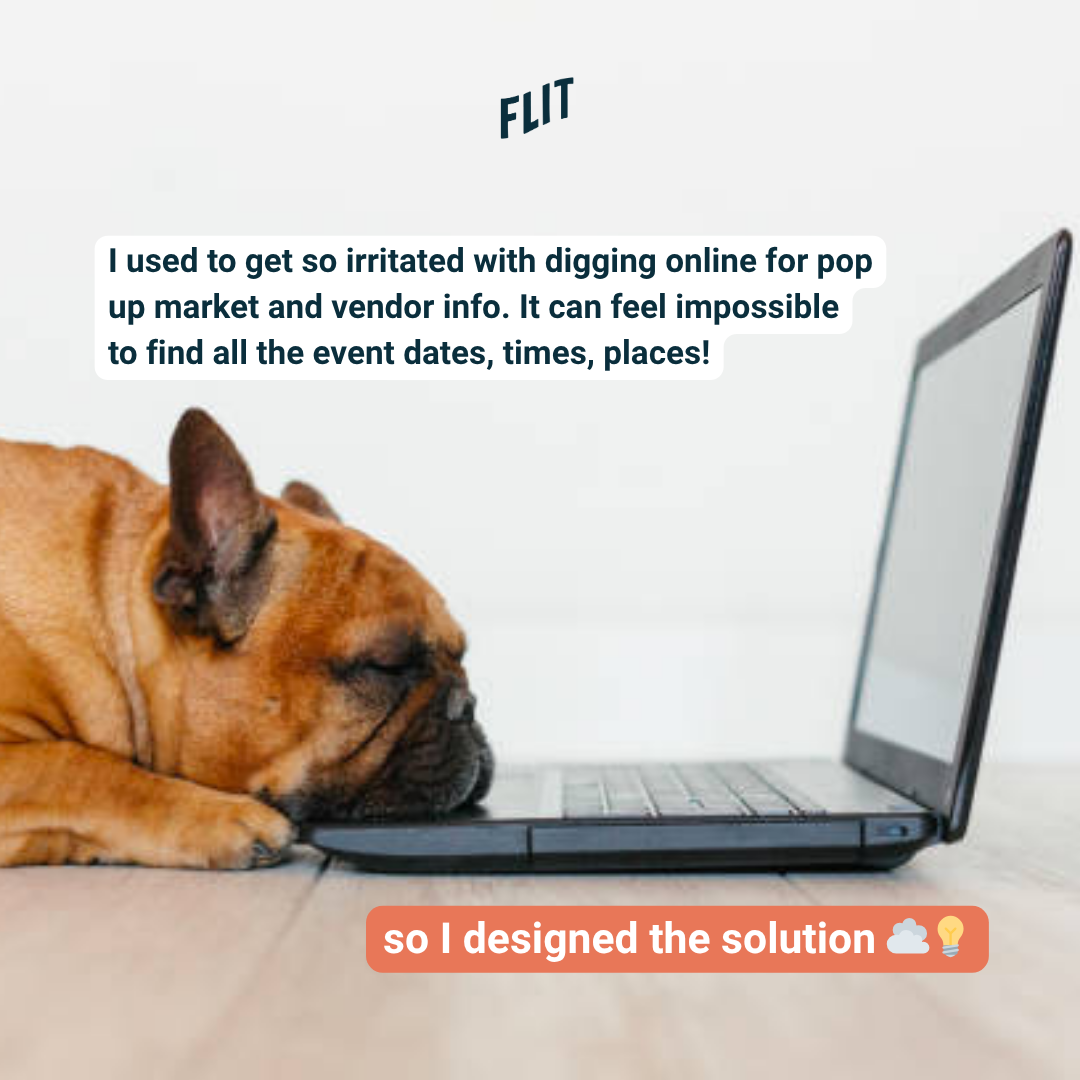
2025
One Year after launching MVP Learnings and Insights
After 2024's MVP launch, the reception of the concept was overwhelmingly positive and press coverage and opportunities came from it, however, by the Q3 and Q4 the business stopped growing. Unfortunately, lead-gen had gone flat due to multiple external influences impacting small businesses including the economy and weariness around the election year. Pop up vendors were penny pinching, too occupied to add their info into yet another platform and without me having a community audience (web page traffic from small business supporters) the valid argument is that they are not making their money's worth.
One thing I started to do differently recently to build an audience and attract web traffic was to sift through the internet and social media myself to find market events happening every week/weekend and adding them manually to the platform so that the homepage map wasn't so blank. This gave me the opportunity to make social media content every week where I sneak peek what market events were scheduled to happen that weekend as a way to show that "FLIT has the pop up news".
The result: It was starting getting noticed, I was positioning FLIT as the "expert source". I am seeing engagement by market vendors (who are reposting my content and express appreciation for the added exposure) and Austinites (small business supporters) who are happy to know that one source has found this information where as before they would miss info or disengage from how hard it was to find. However, while the videos are racking up 1000 videos, they were not converting to clients or users.
Biggest Learning: In early in 2025, I received a thoughtful message from a vendor who found me via social media and apparently they very diligently paroused through the FLIT platform, showed it to some of her vendor peers and consolidated all their feedback into a slideshow for me of with ideas and suggestions as a way to make it better and useful for them as pop up vendors. Some ideas were UI, but the biggest insight was how they felt that if I had event news posted in advance, they wanted to access to view it in advance WITH a link or contact email to the market event coordinator so that they can sign up for this event. Essentially, they as vendors struggle a lot with sifting through the internet to find events/know of events and register to vend at them.
This is a pivotal moment for FLIT
The original product (a vendor-focused promotional tool) is now pivoting into a community utility—a real-time Austin Pop-Up Market Discovery & Connection Hub. Vendors weren’t just looking for exposure; they’re also looking for vending opportunities—and FLIT is sitting in a unique position to become the go-to resource for that. By evolving from a vendor promo platform → to a Pop-Up Intelligence Platform that:
-Helps vendors find events
-Helps hosts fill events
-Helps locals find experiences
-Helps vendors find events
-Helps hosts fill events
-Helps locals find experiences
This reframe gives FLIT more levers to grow and justify revenue, while still staying true to our values: community-driven, inclusive, and authentic.
Next Iterations: New Problems to Solve
1. How to Keep Vendors on the Platform
Problem: If vendors come to FLIT only to find markets, they might use the site passively and not pay for exposure.
Problem: If vendors come to FLIT only to find markets, they might use the site passively and not pay for exposure.
Solution: Turn FLIT into a dual-sided platform:
- Vendor Discovery Mode (as it is now)
- Event Opportunity Mode (new!)
- Event Opportunity Mode (new!)
For each market listing, include:
- Market date + location
-Signup link or contact email
-Once accepted: Vendors can check a box: “I’m vending here!”
-Accepted vendors will then appear as a carousel at the bottom of that market event card, linking to their FLIT profiles.
-This adds value to vendors (discovery + signup) and value to the public (who’s vending where?) without losing your original goal.
-Signup link or contact email
-Once accepted: Vendors can check a box: “I’m vending here!”
-Accepted vendors will then appear as a carousel at the bottom of that market event card, linking to their FLIT profiles.
-This adds value to vendors (discovery + signup) and value to the public (who’s vending where?) without losing your original goal.
2. Add Market Hosts as a New User Type
-Let market hosts create FLIT accounts and add events. When they do:
-FLIT helps them promote the event to both vendors (looking to apply) and supporters (looking to attend).
You could offer them a “Market Host Promo Package”
-FLIT helps them promote the event to both vendors (looking to apply) and supporters (looking to attend).
You could offer them a “Market Host Promo Package”
This creates a new revenue stream from the supply side (market hosts) while keeping vendors and shoppers engaged.
3. Switch to Market-Only Map?
This gives you flexibility and keeps FLIT community-focused: vendors still have profiles, can be followed, and receive alerts. But the map now has context and continuity, even when vendors don't input their data.
4. Social Media that convert fans into users:
-TikTok Strategy Boost Weekly Series Idea:
“Market Matchup Mondays”: Highlight 2–3 weekend markets with signup links.
“Vendor Vibes”: Interview vendors on TikTok or use clips from their booth.
“Market Matchup Mondays”: Highlight 2–3 weekend markets with signup links.
“Vendor Vibes”: Interview vendors on TikTok or use clips from their booth.
-Use CTAs More Clearly
At the end of every video:
“Find more vendors & apply to markets at FLIT.link” → consistent call-to-action.
At the end of every video:
“Find more vendors & apply to markets at FLIT.link” → consistent call-to-action.
-Cross-platform loop:
Use your TikToks as Instagram Reels + Stories → drive more traffic.
Use your TikToks as Instagram Reels + Stories → drive more traffic.
-Micro-influencer collaboration
Designing the updates and new model
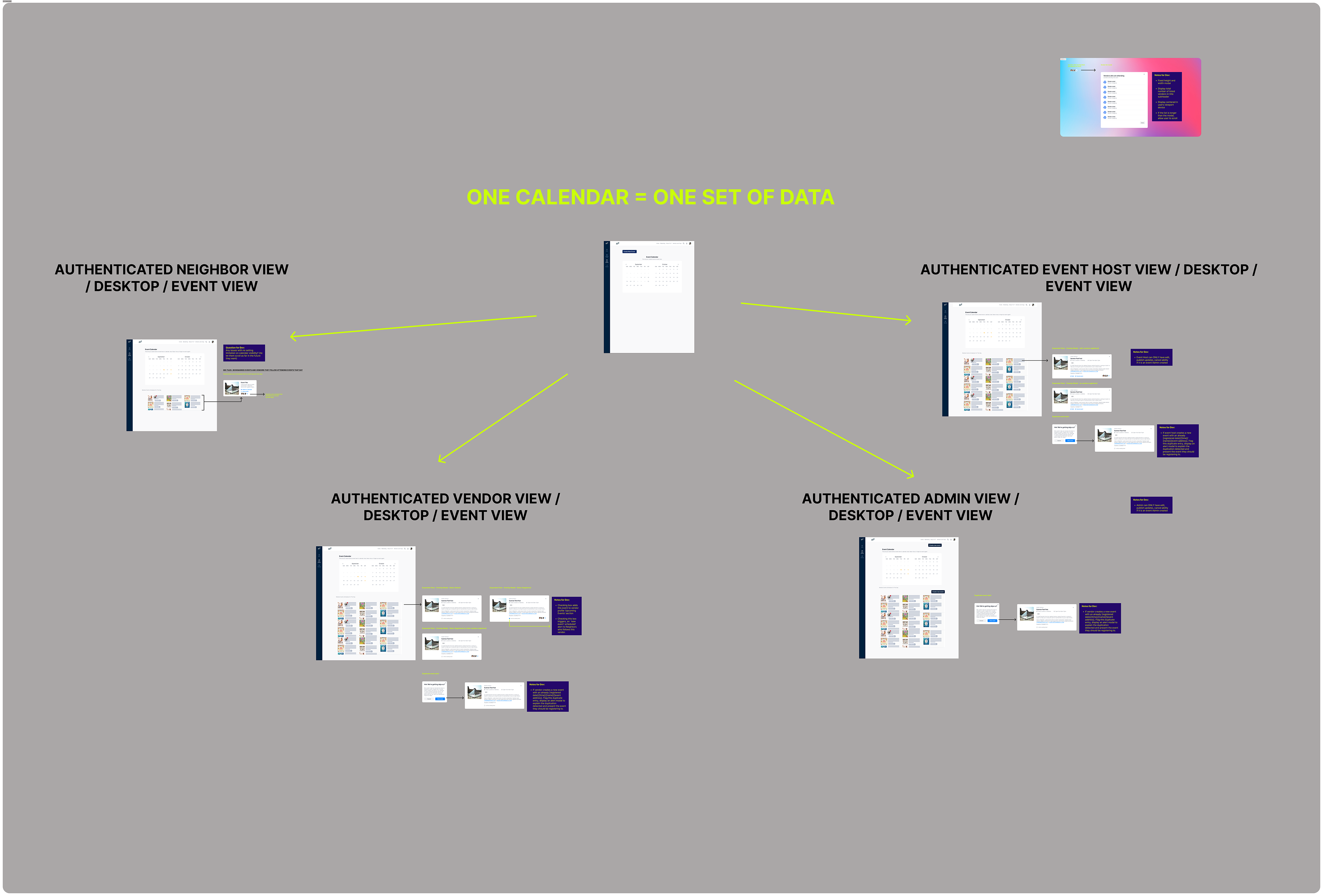
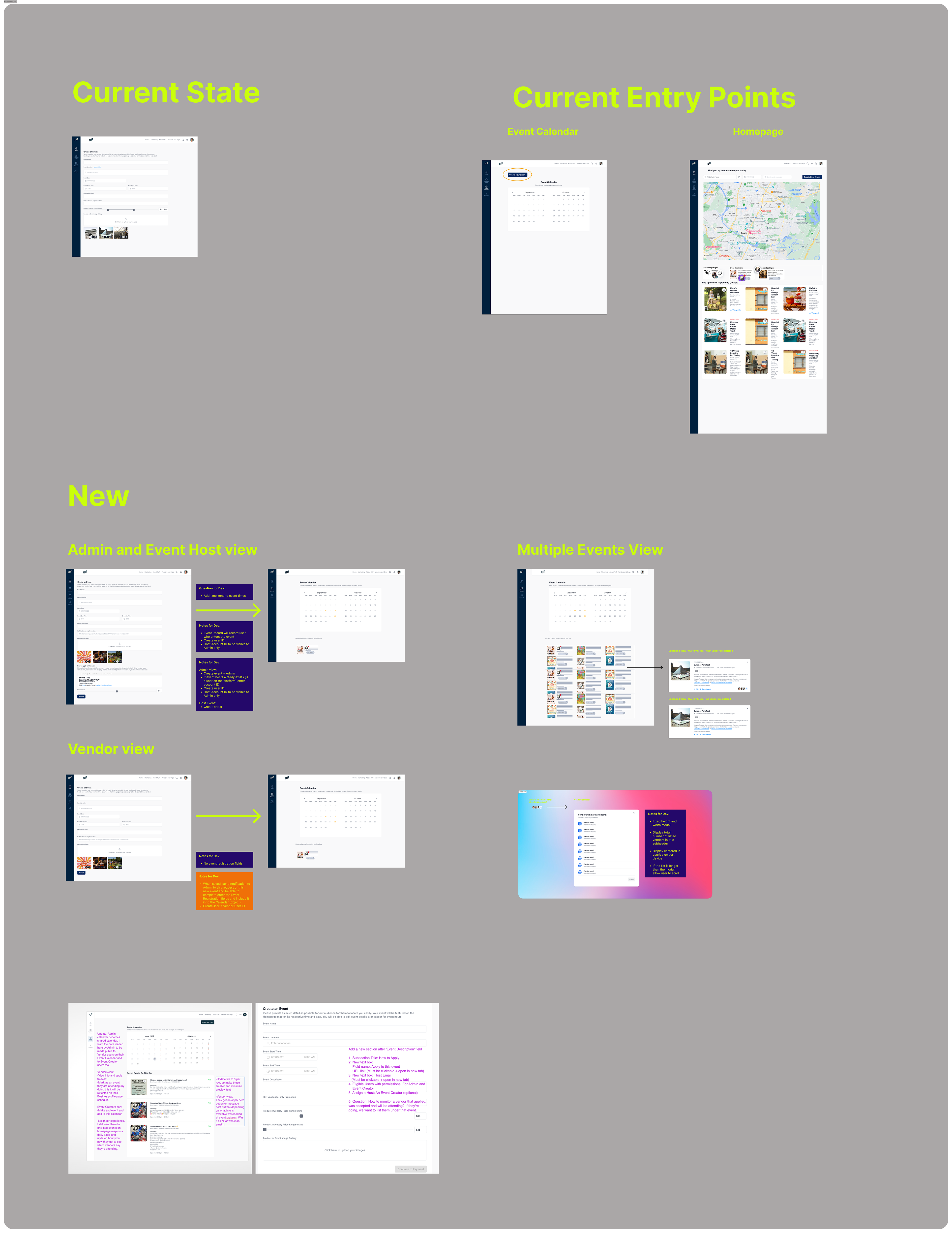



special thanks to those supportive of me and my evolving venture
